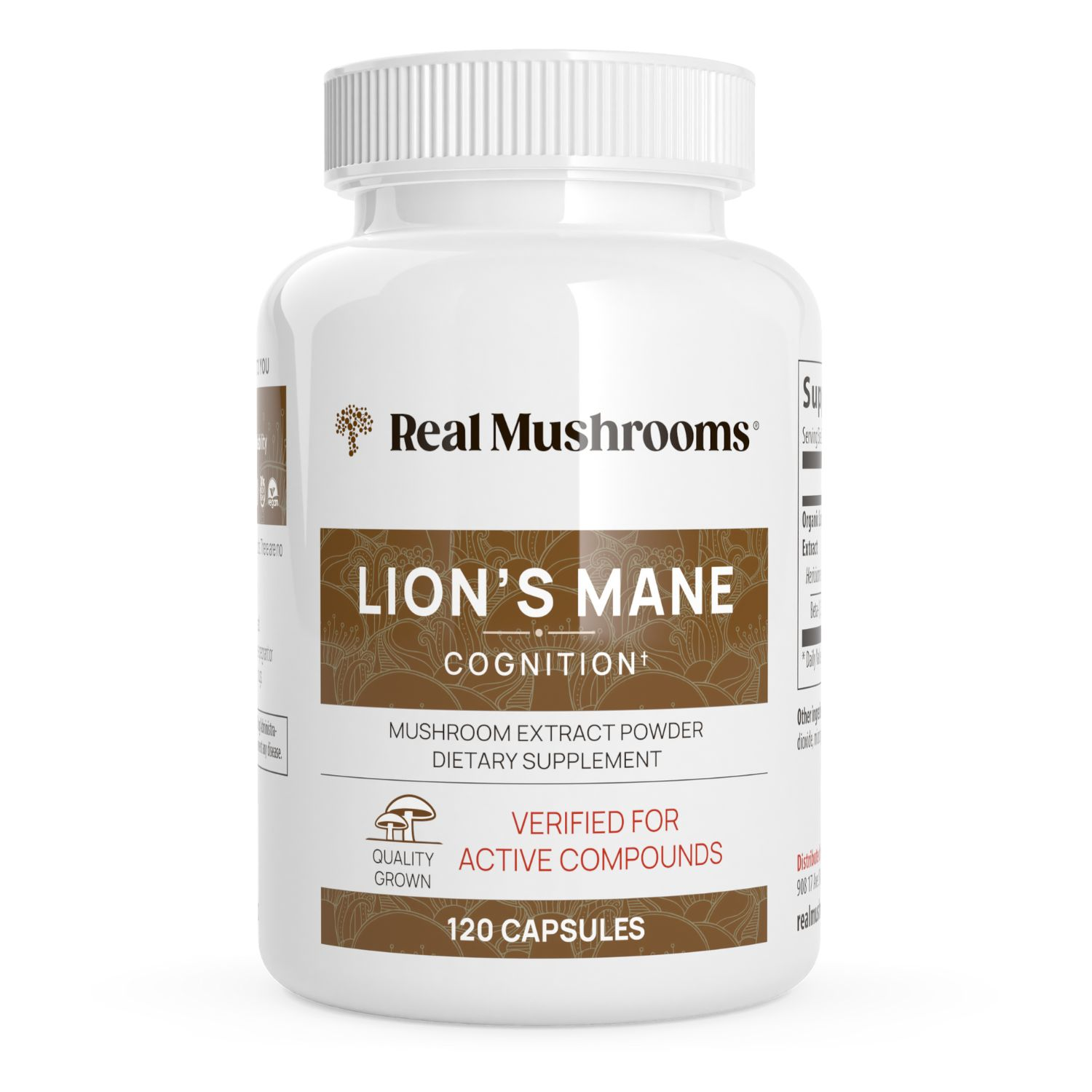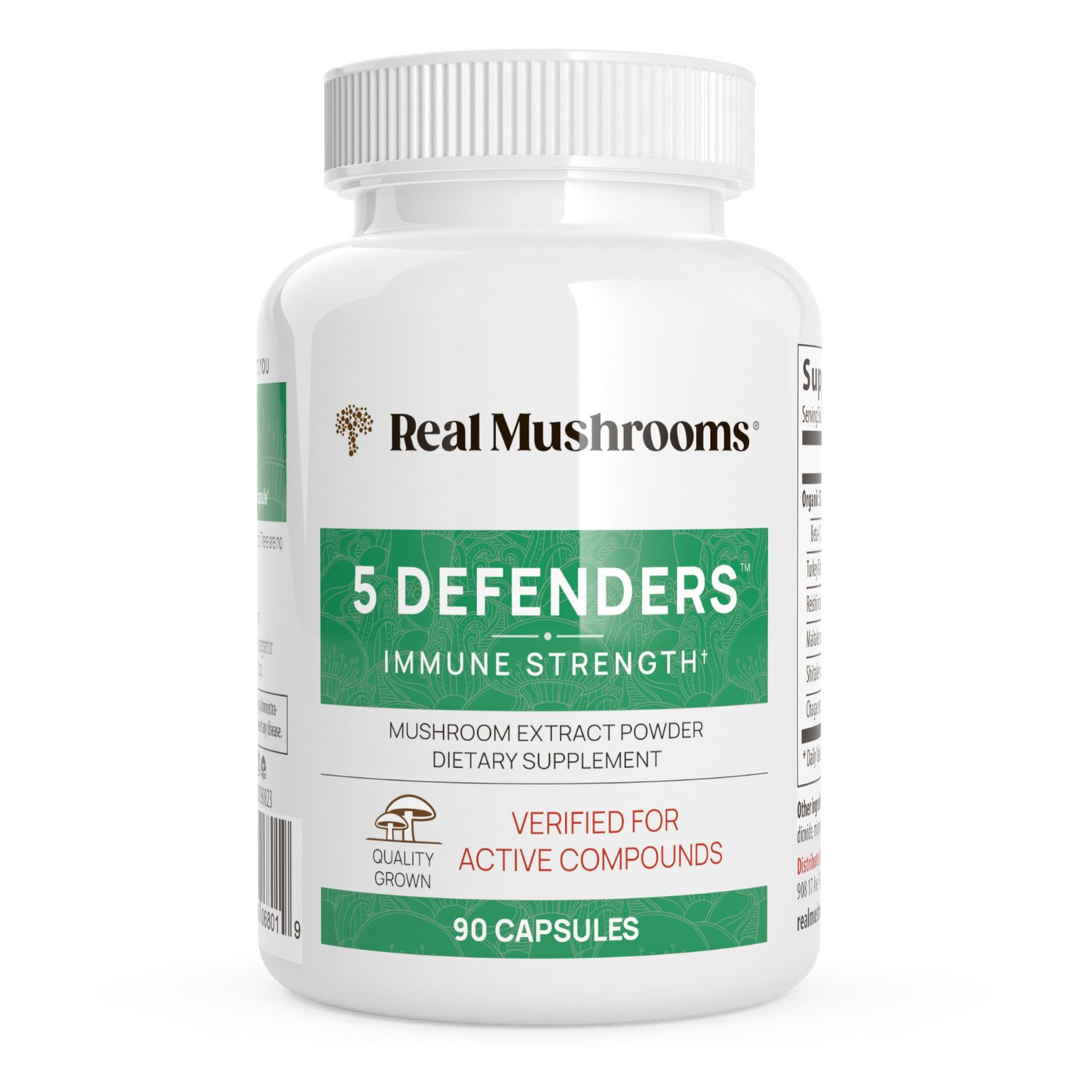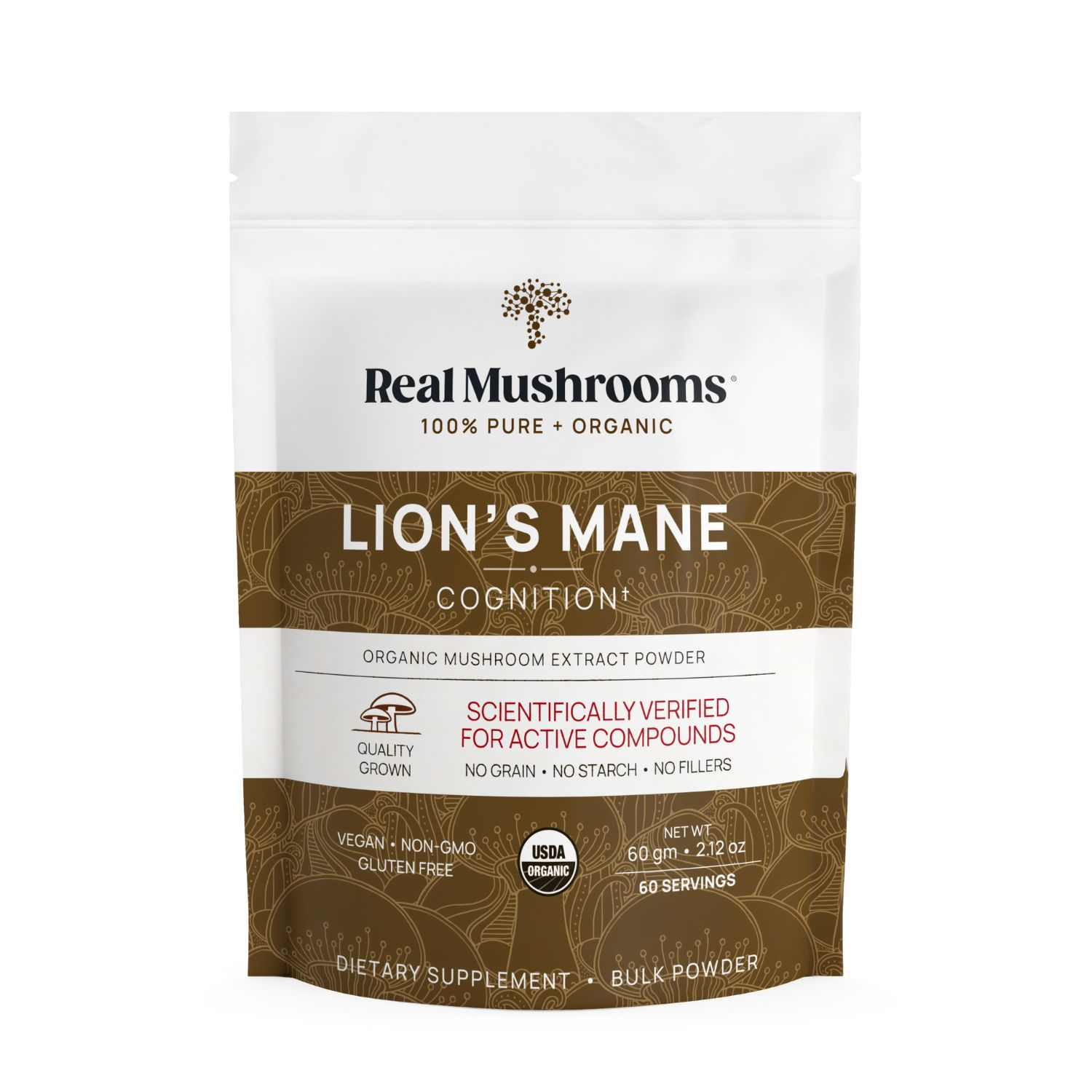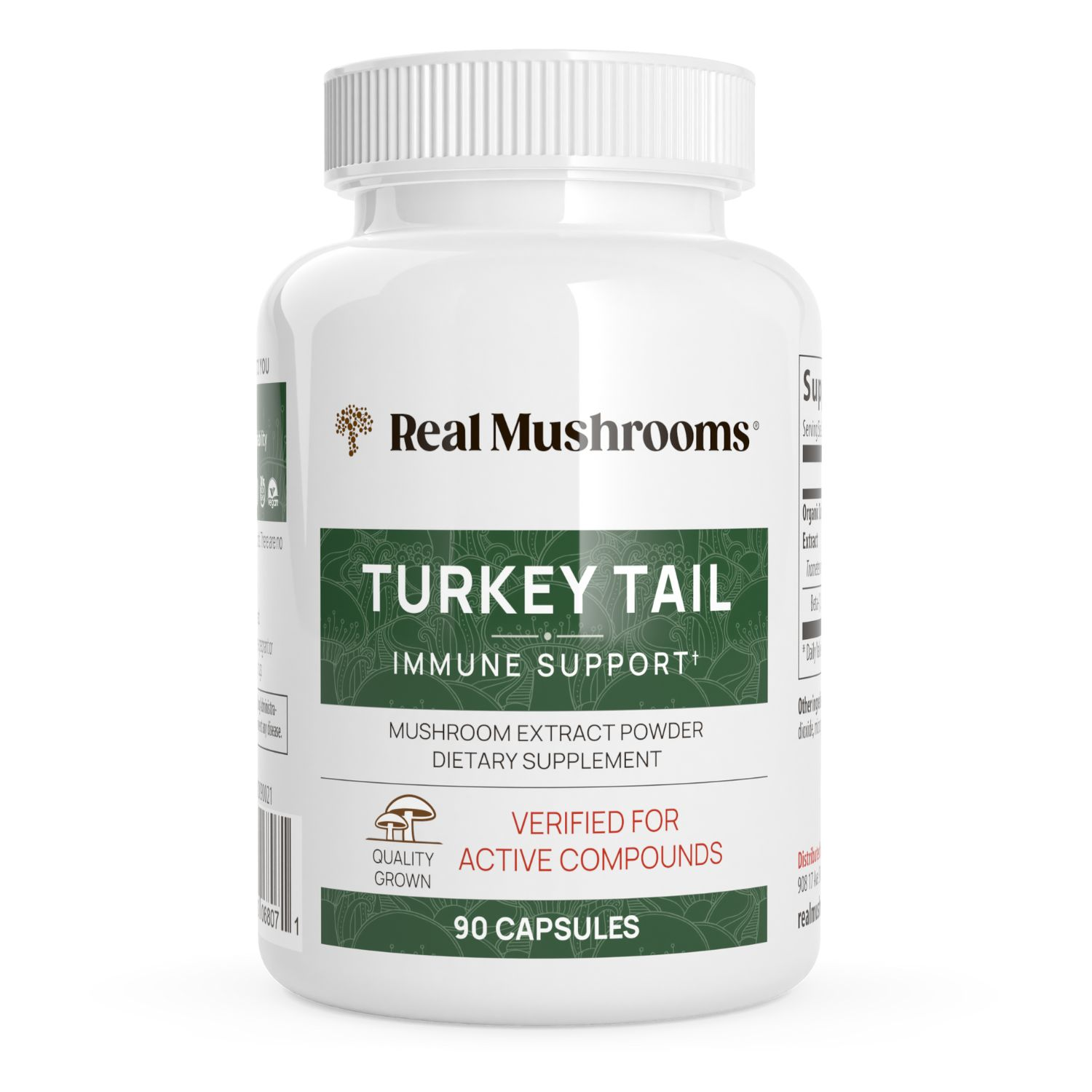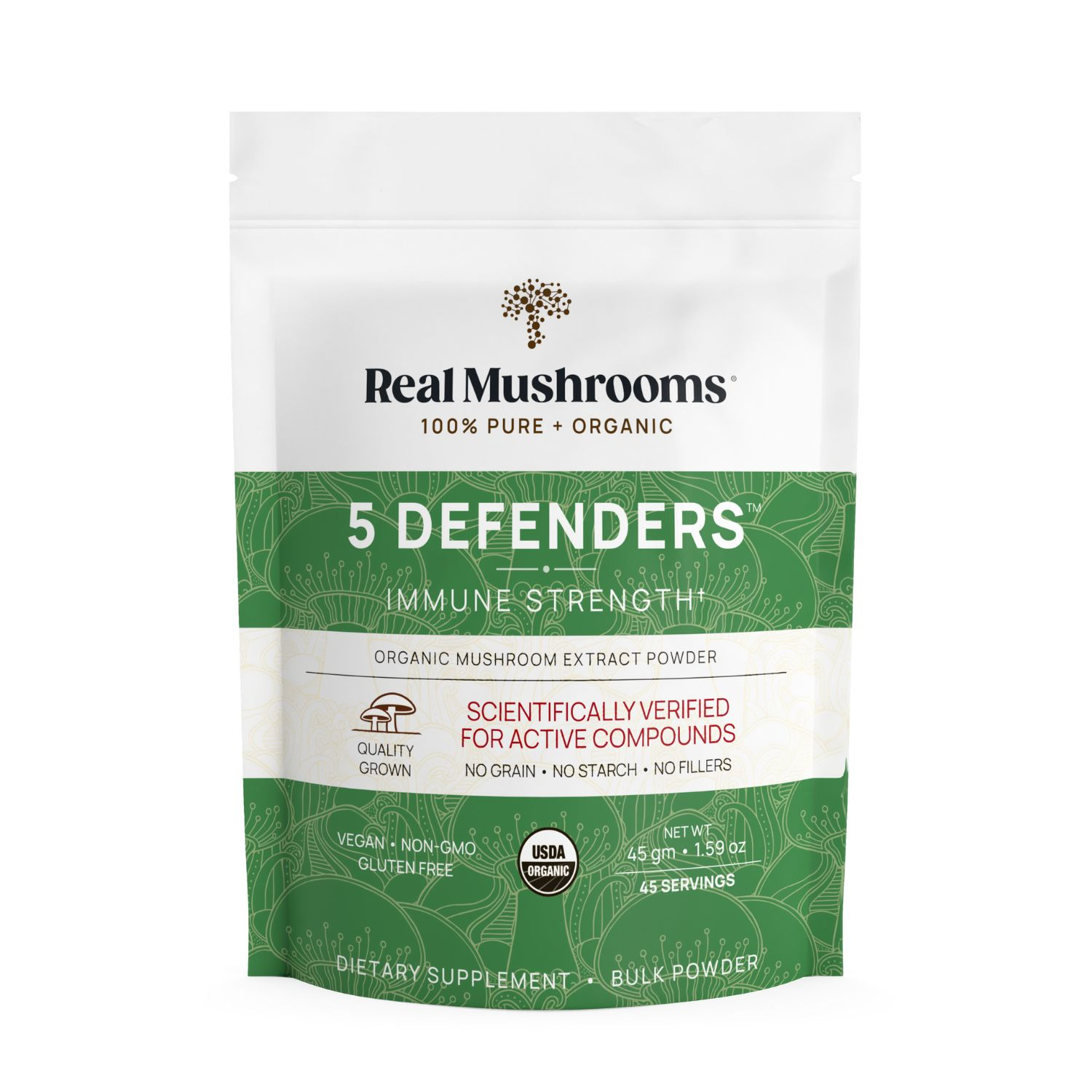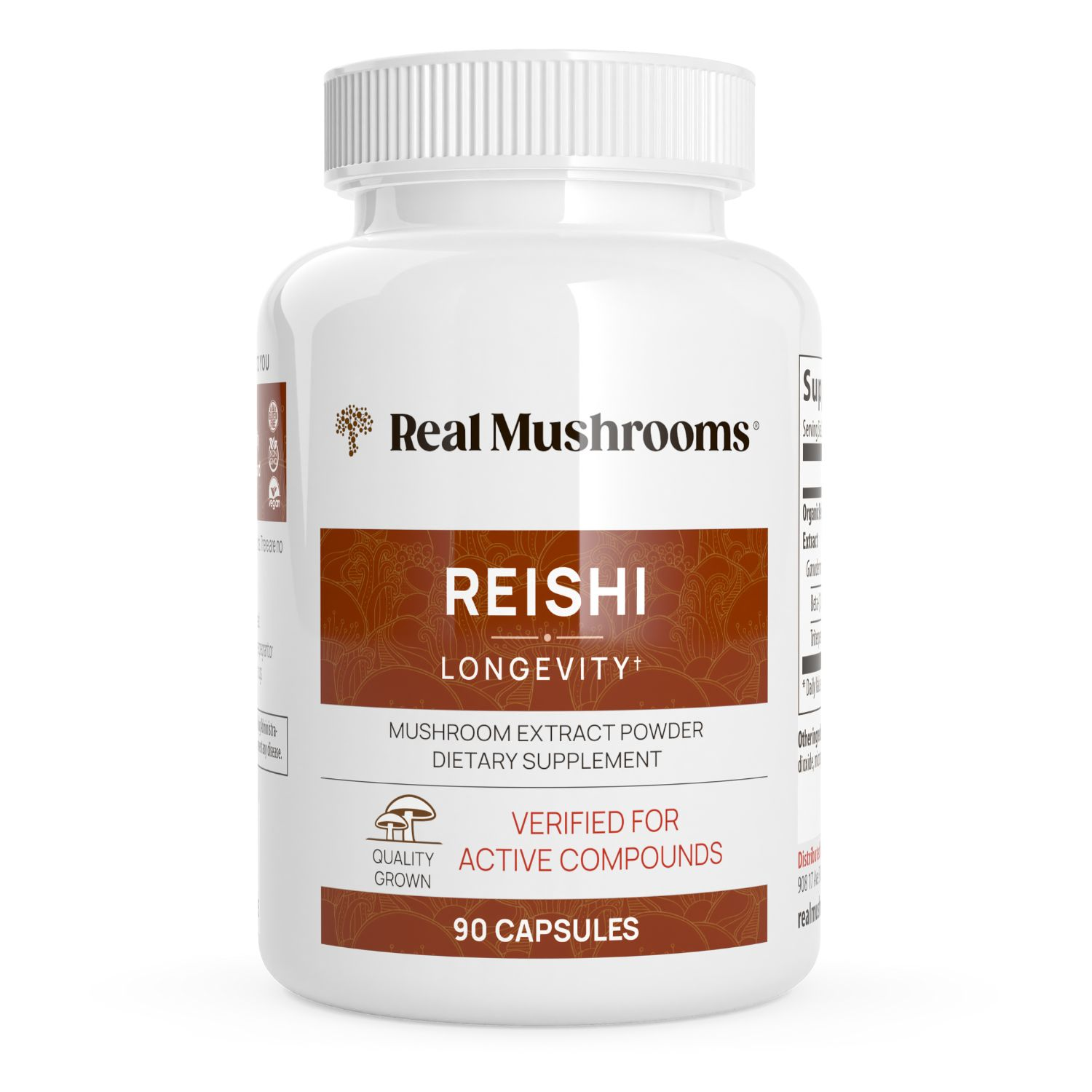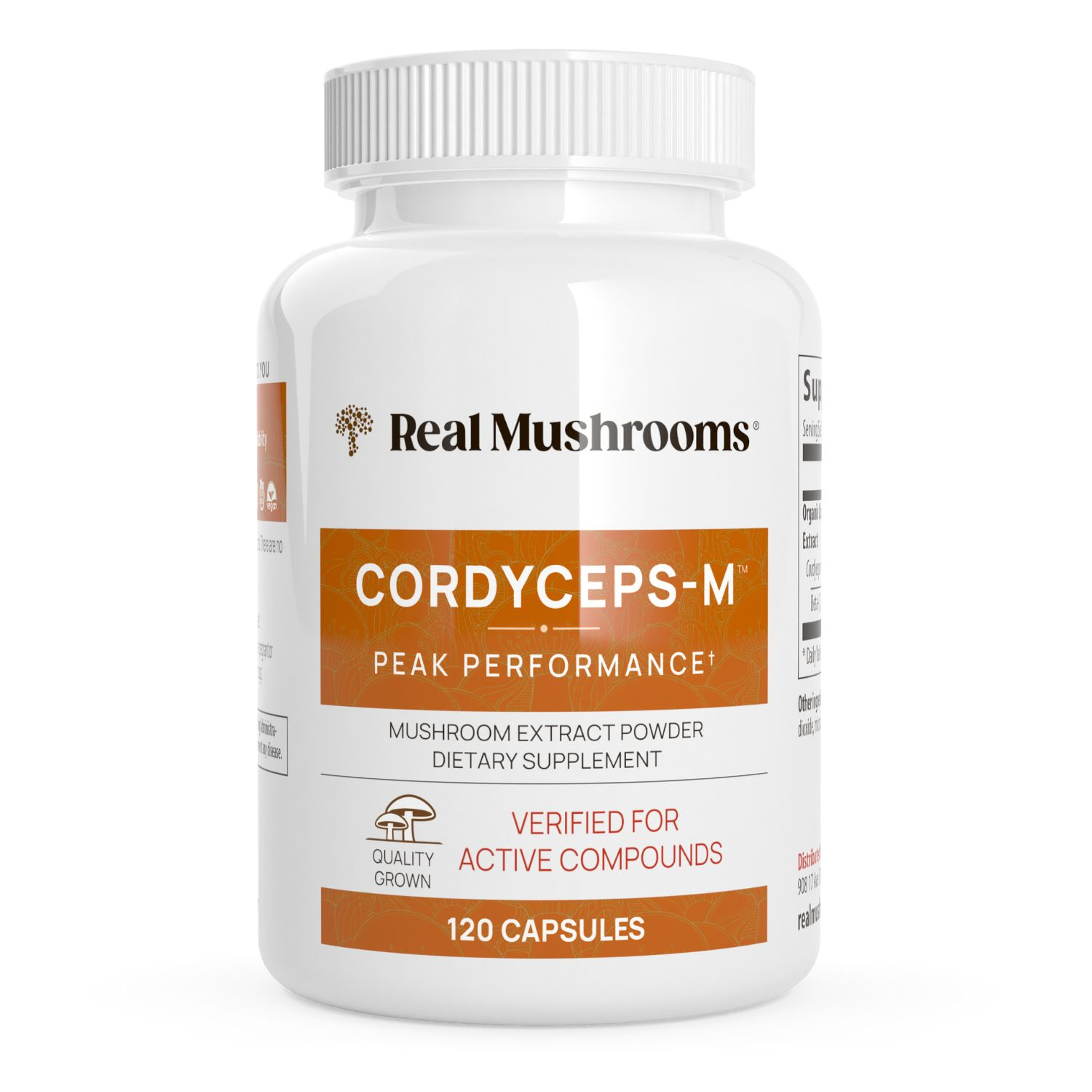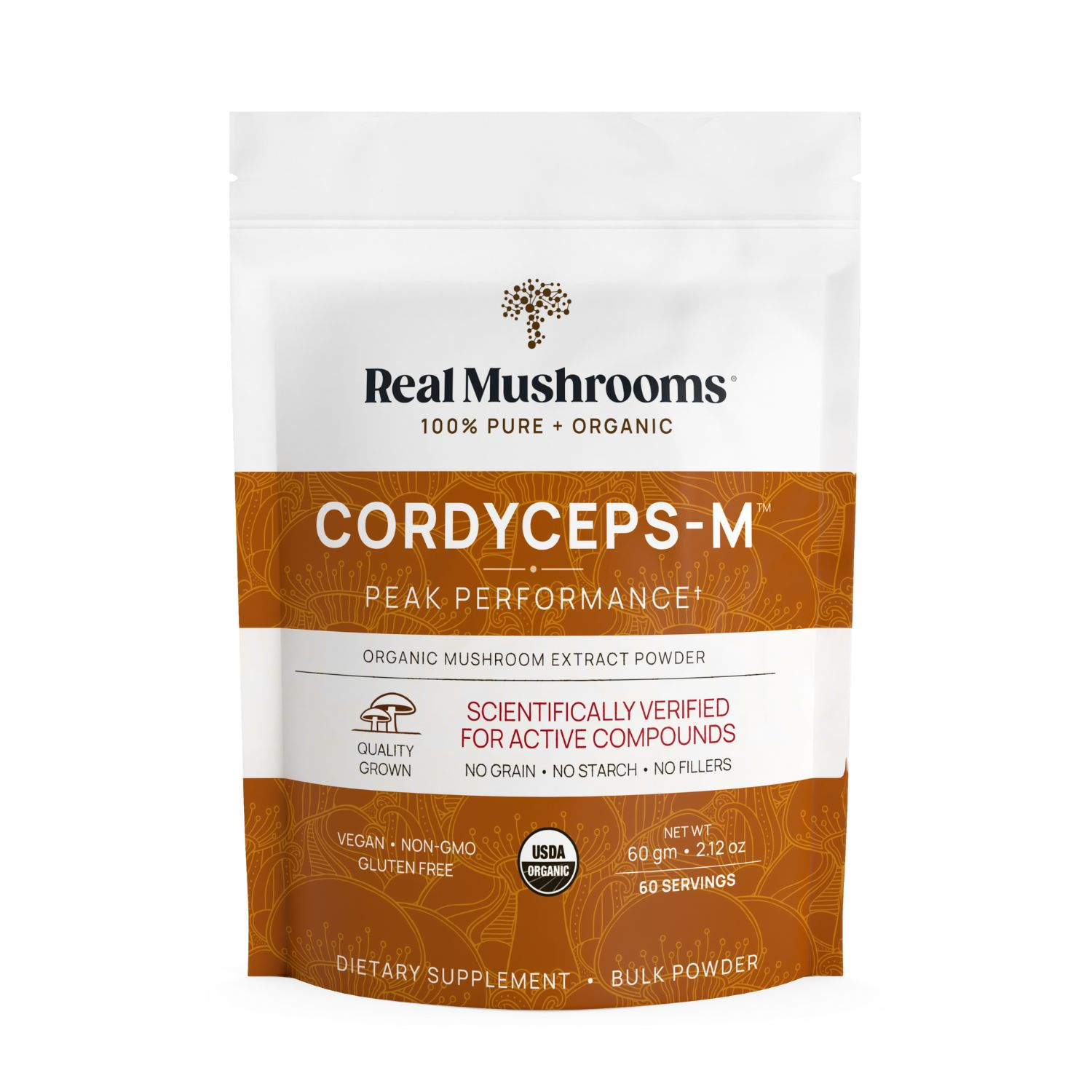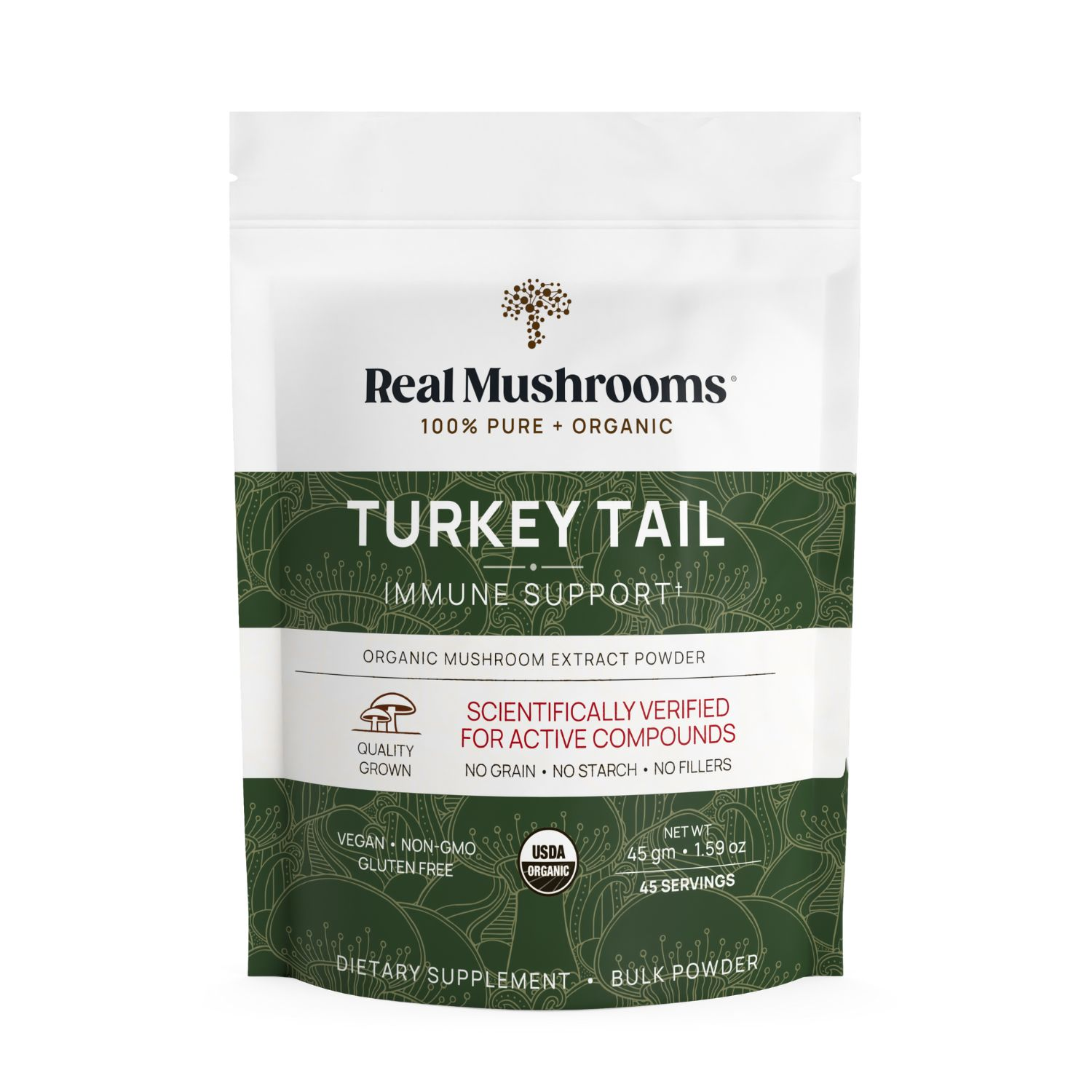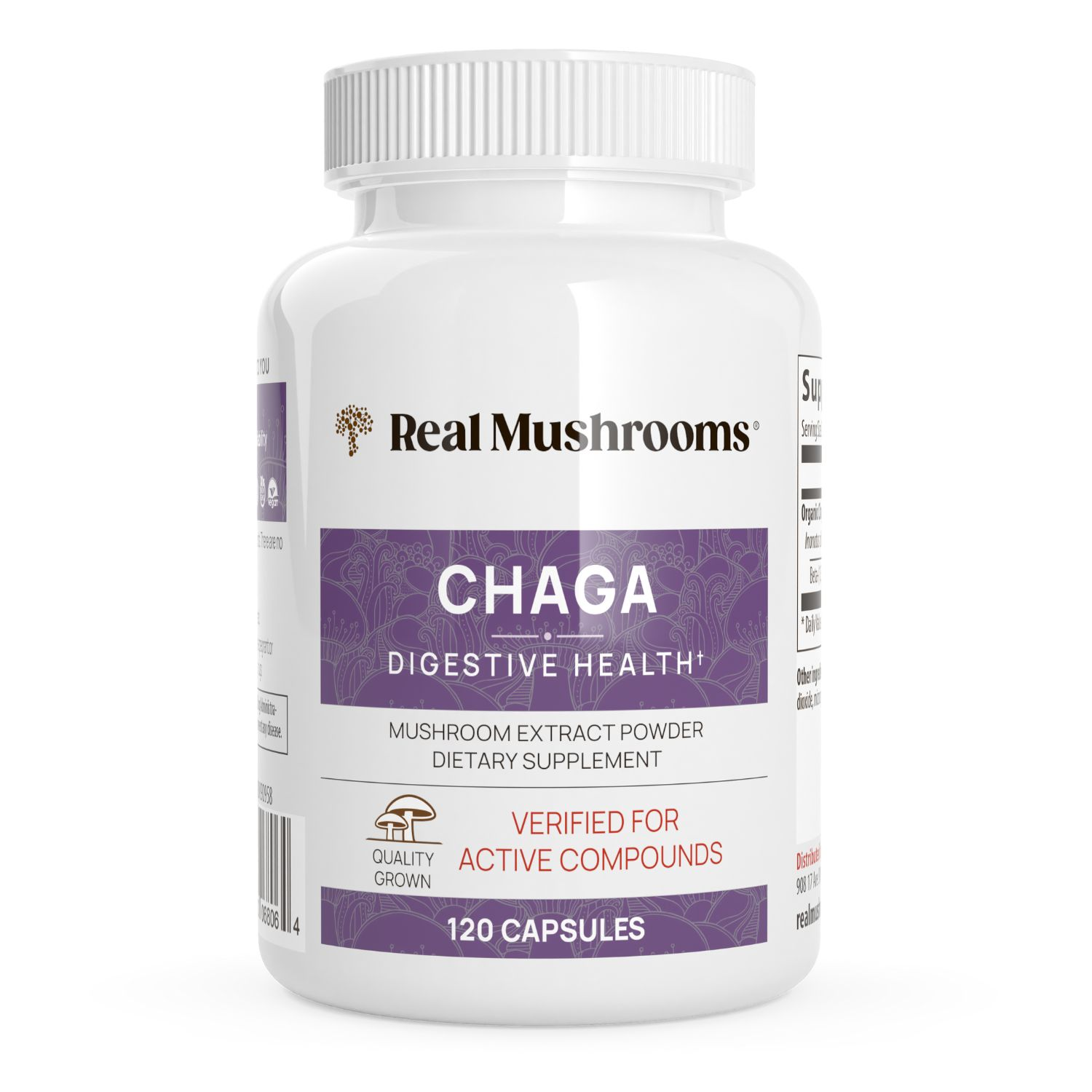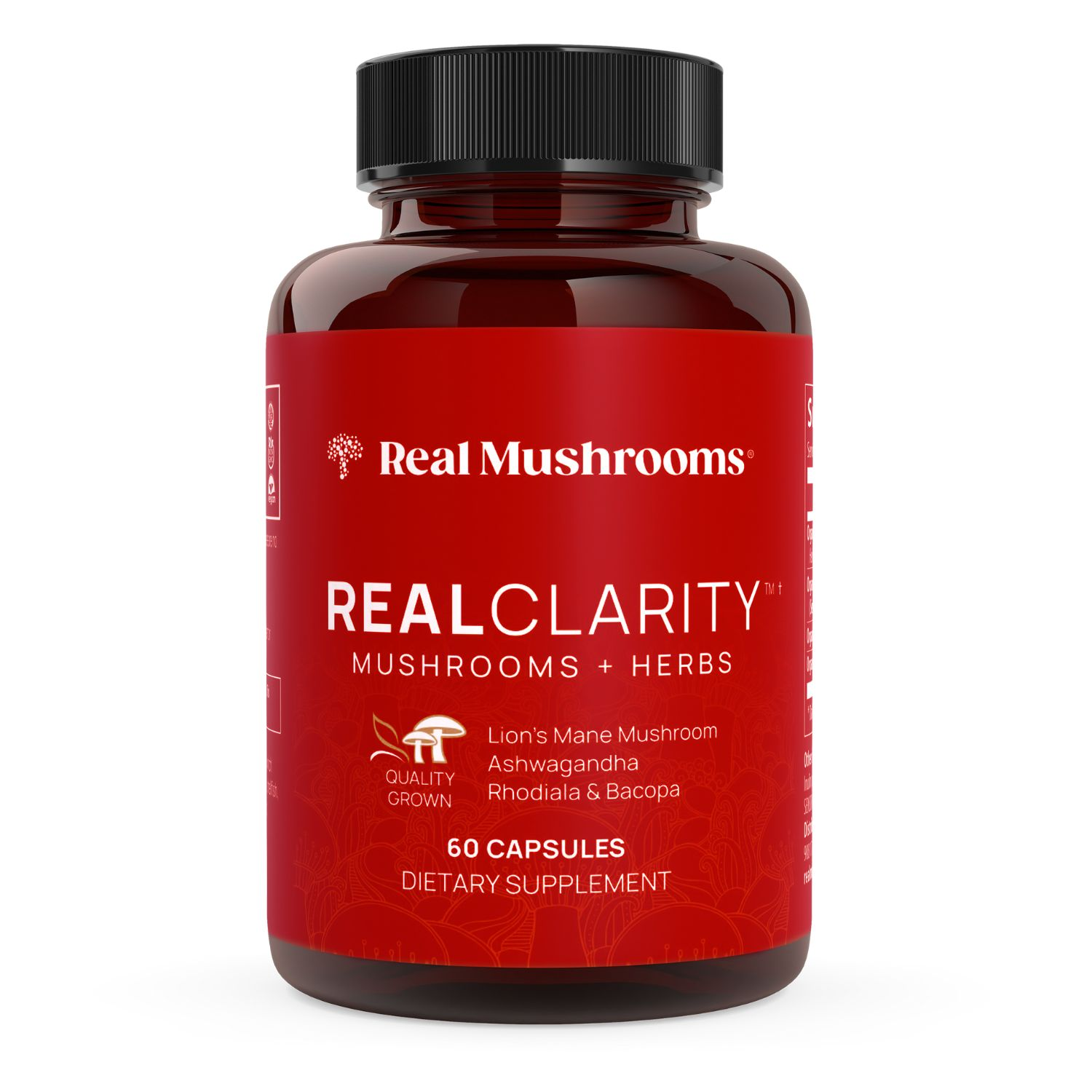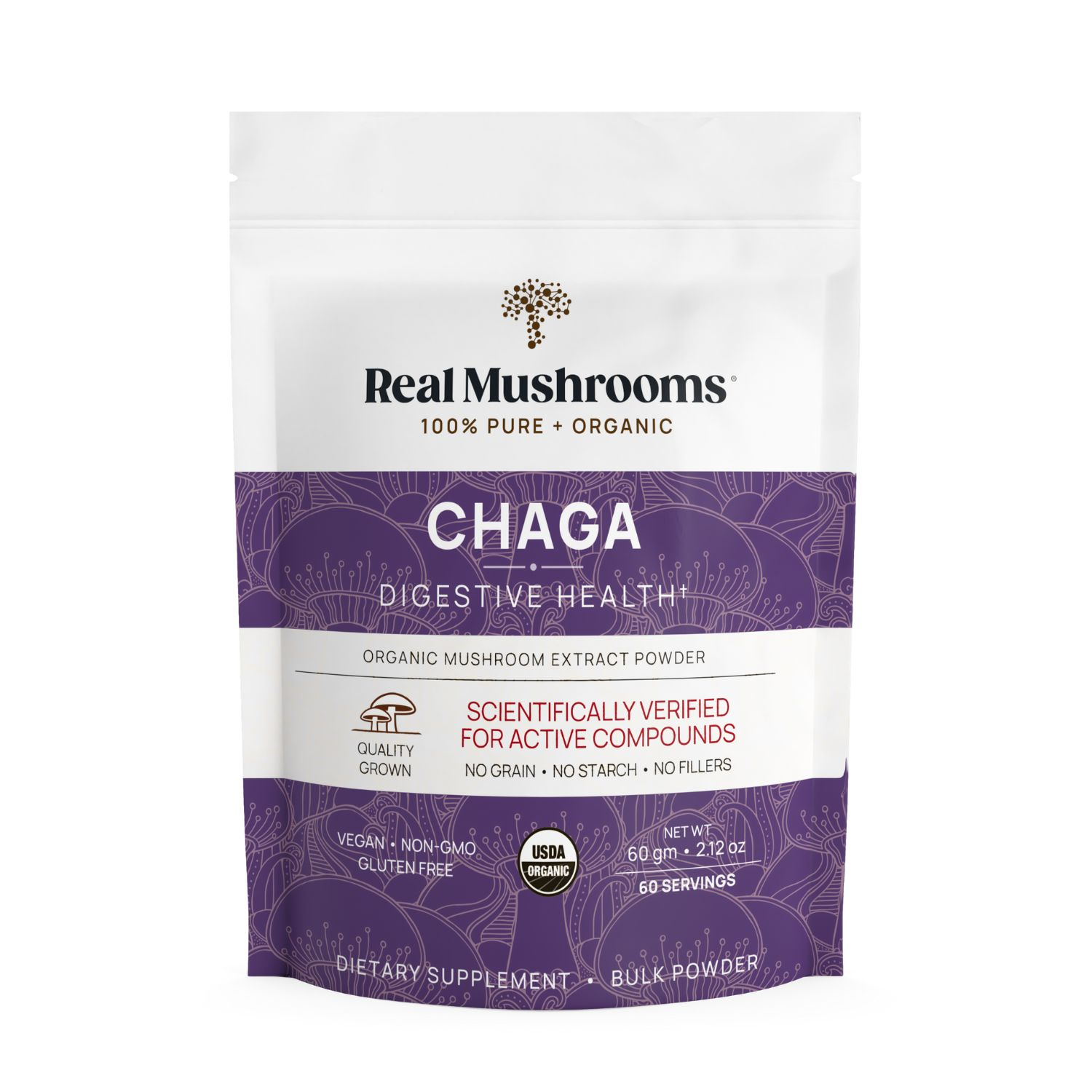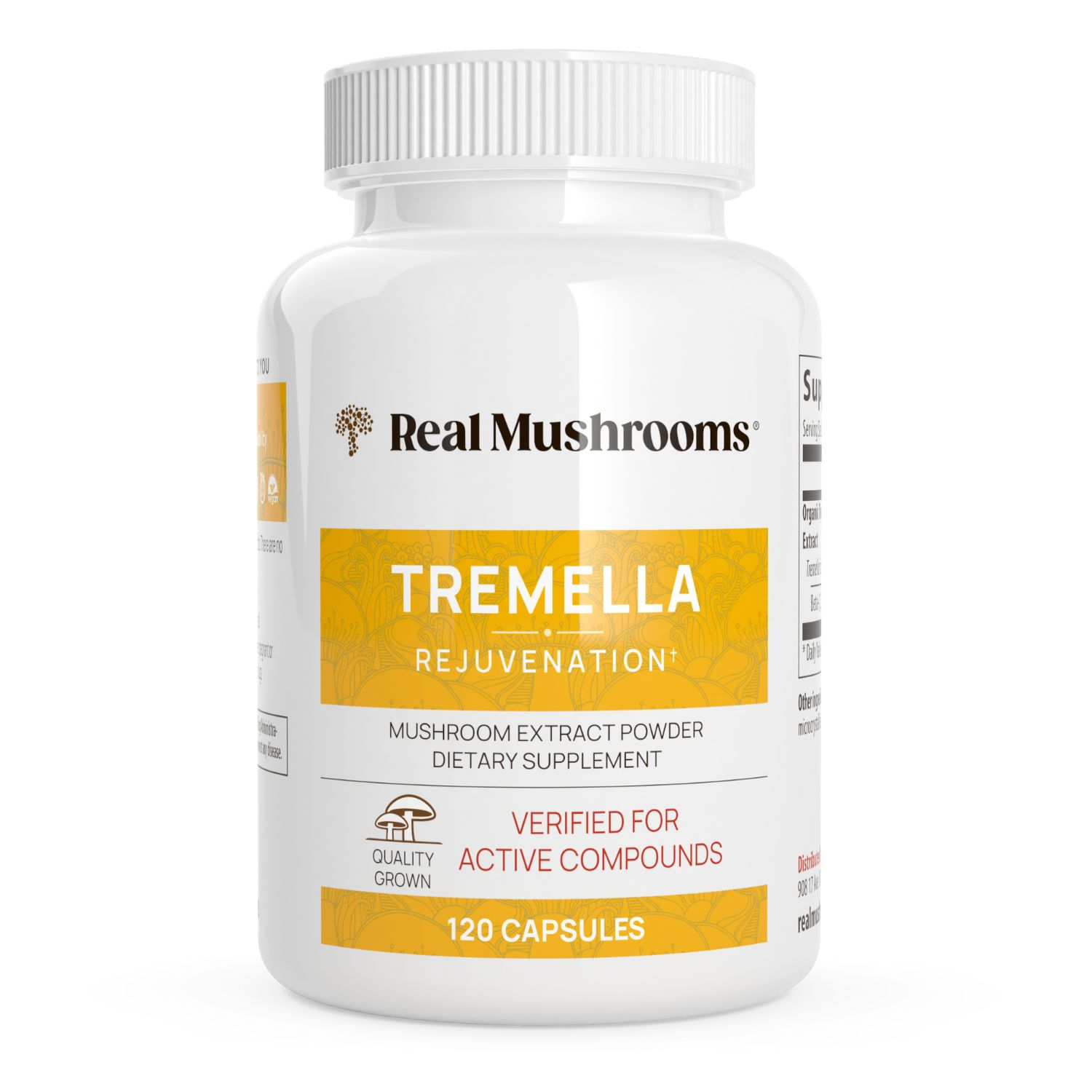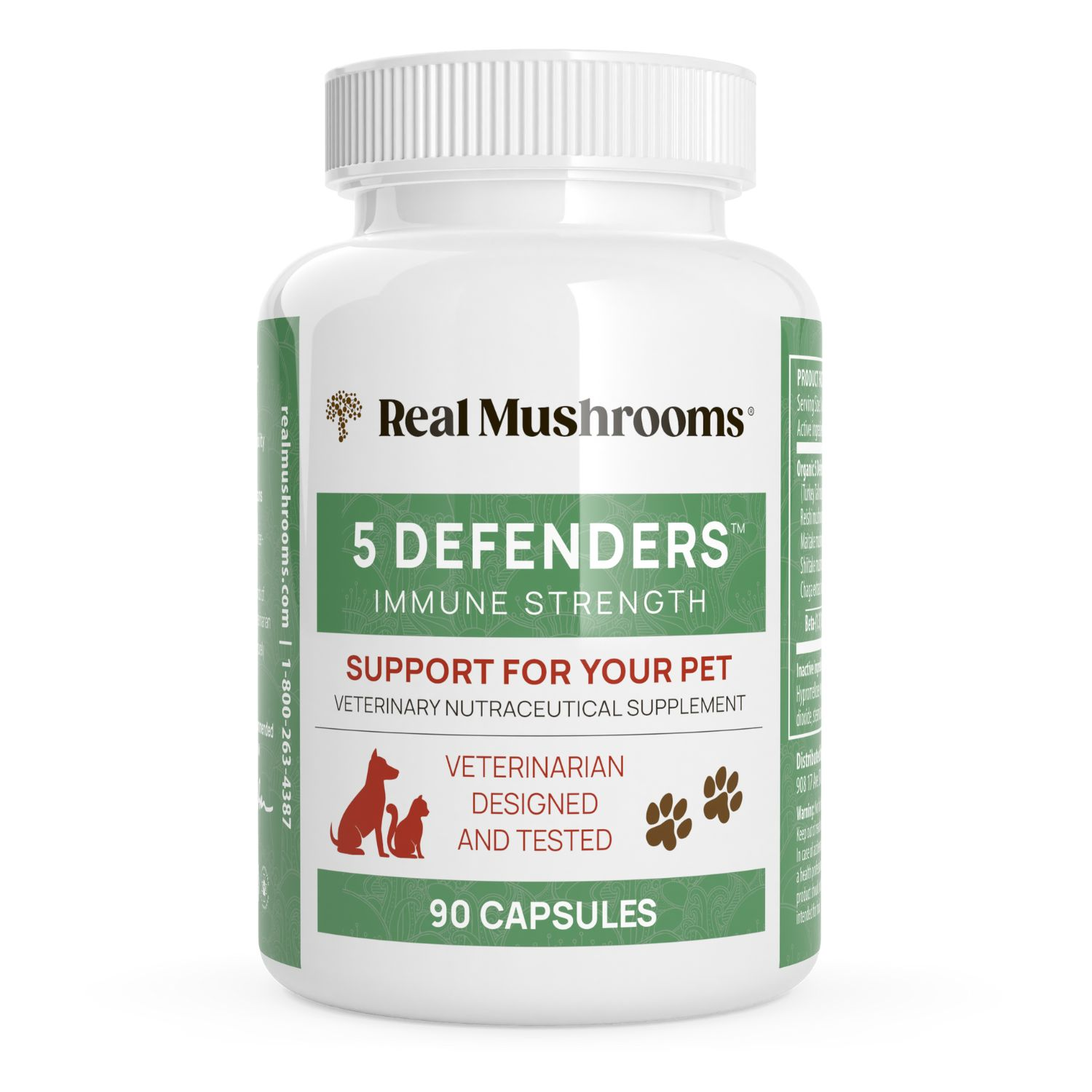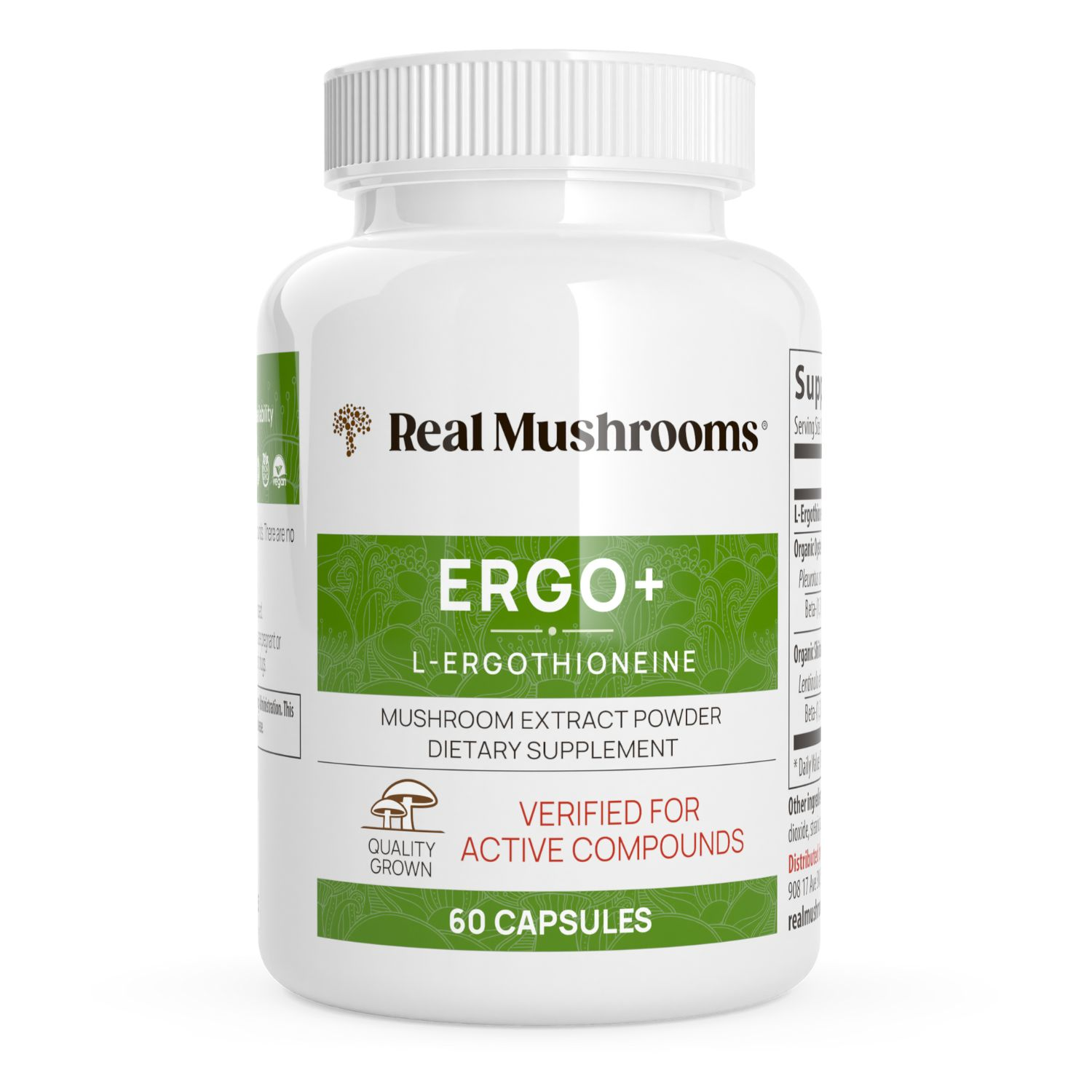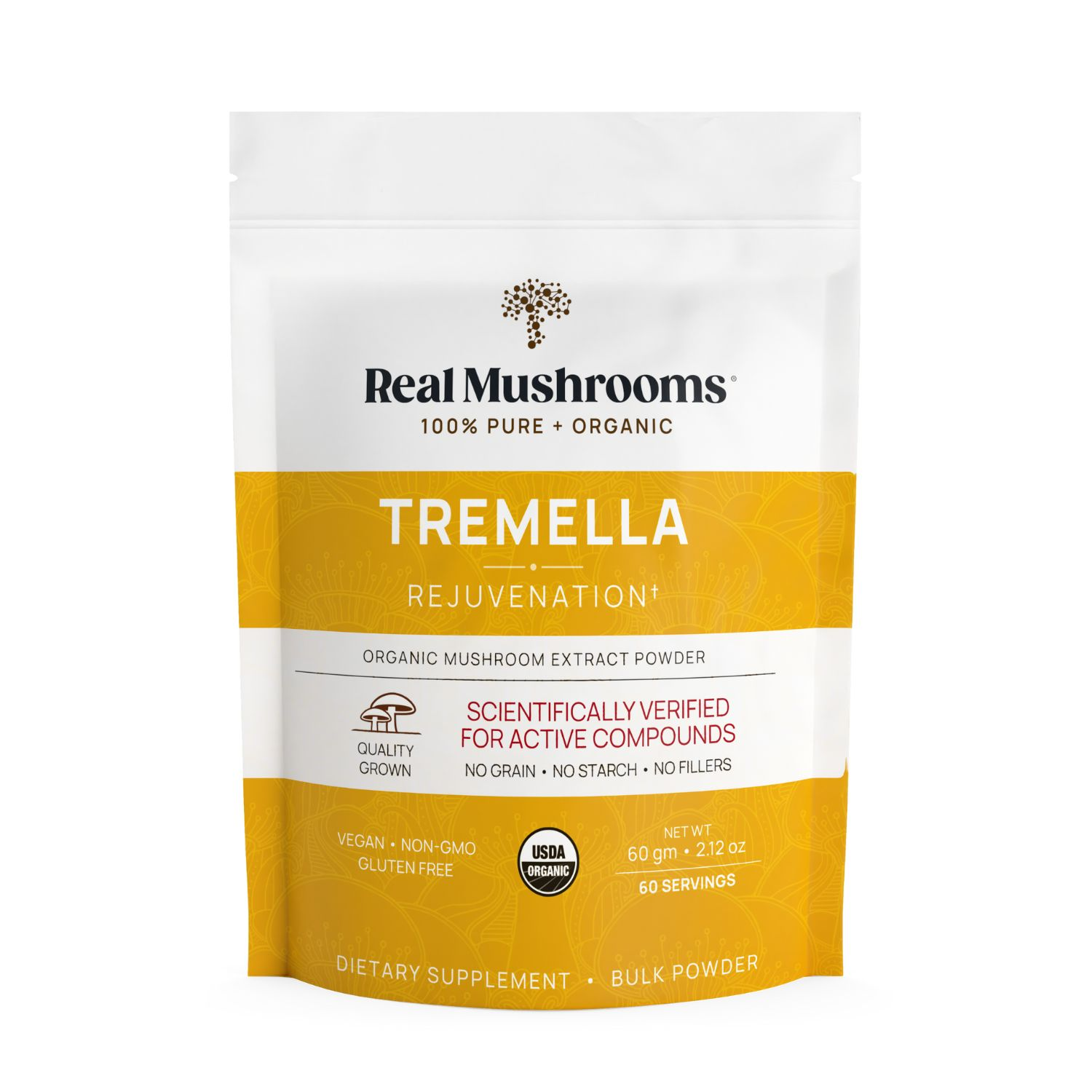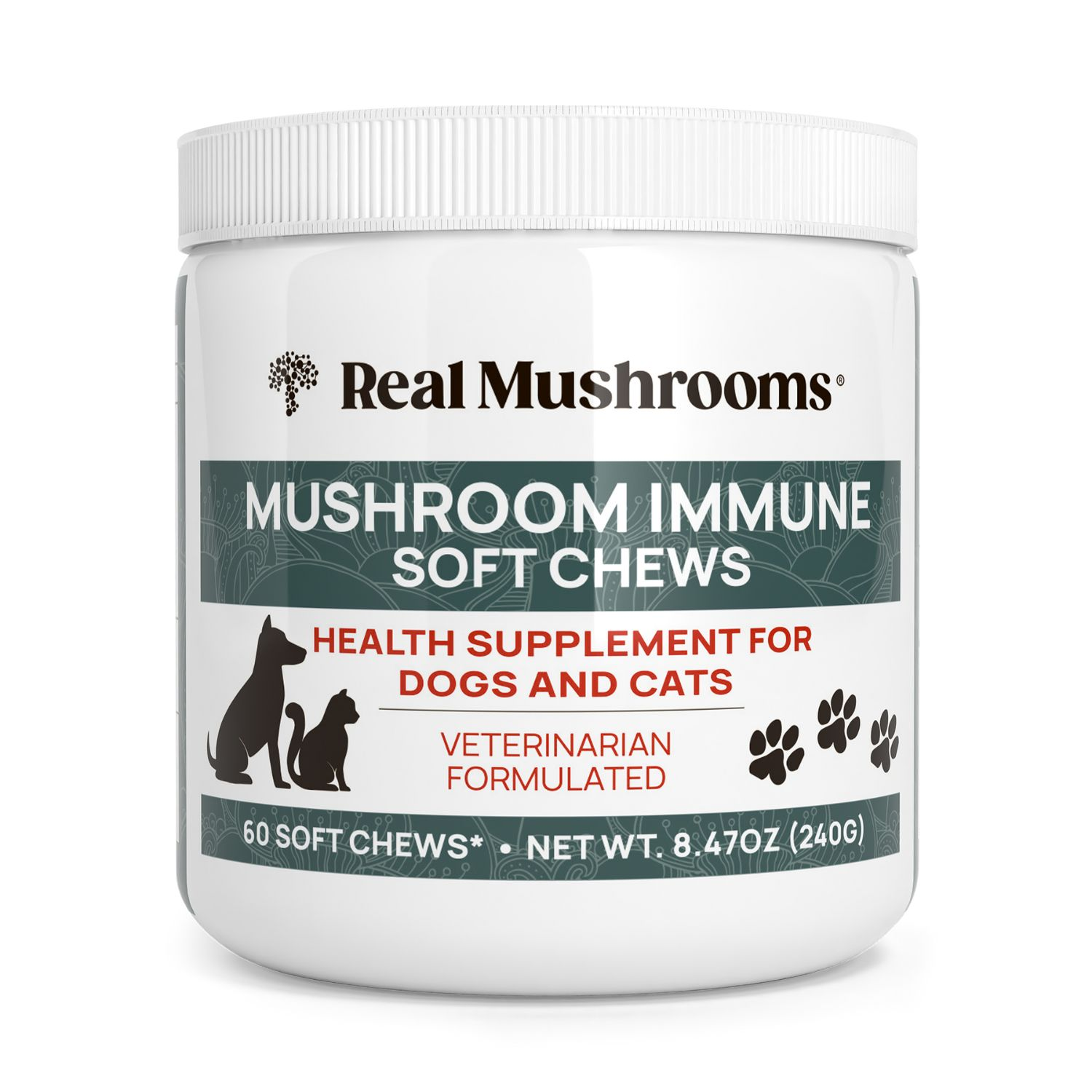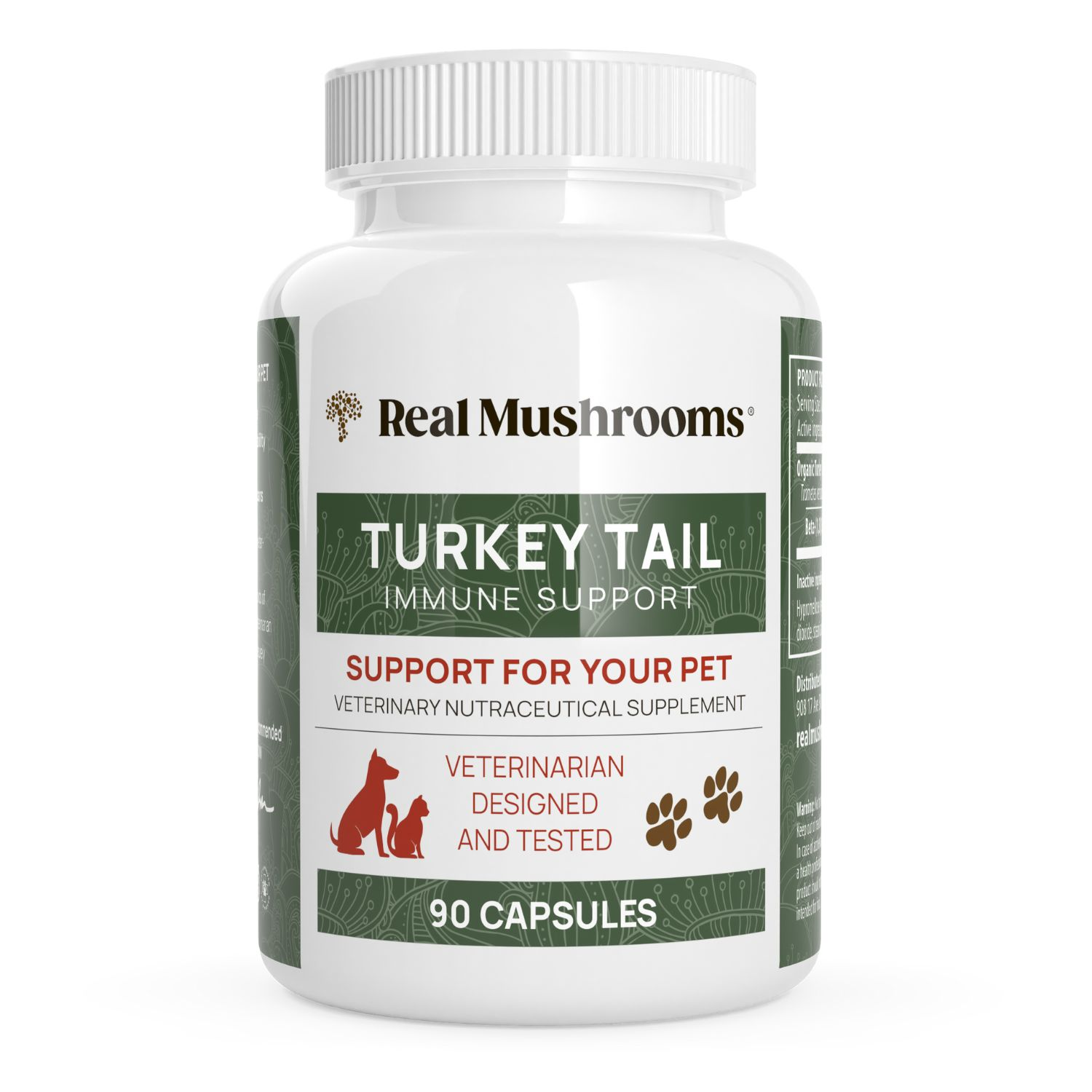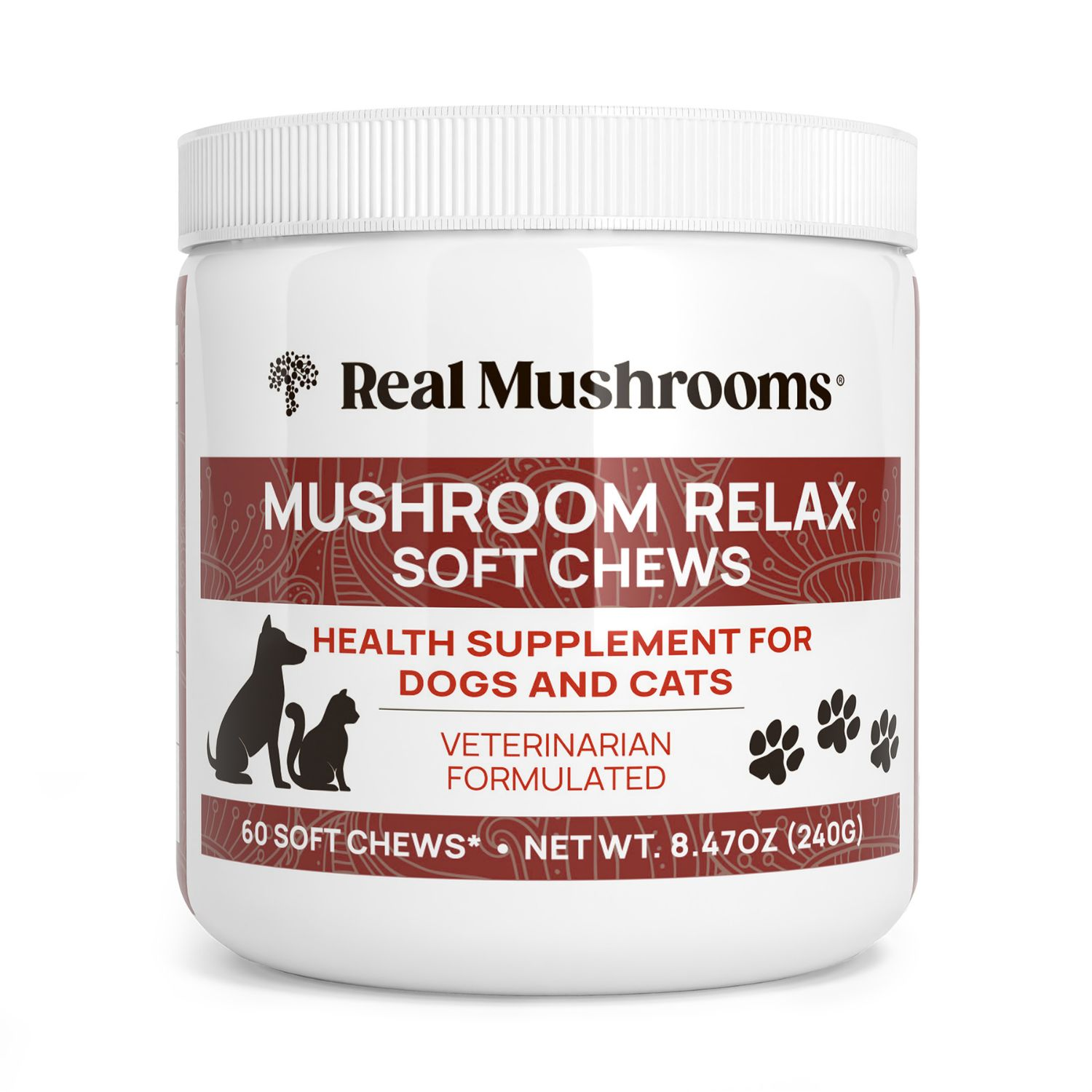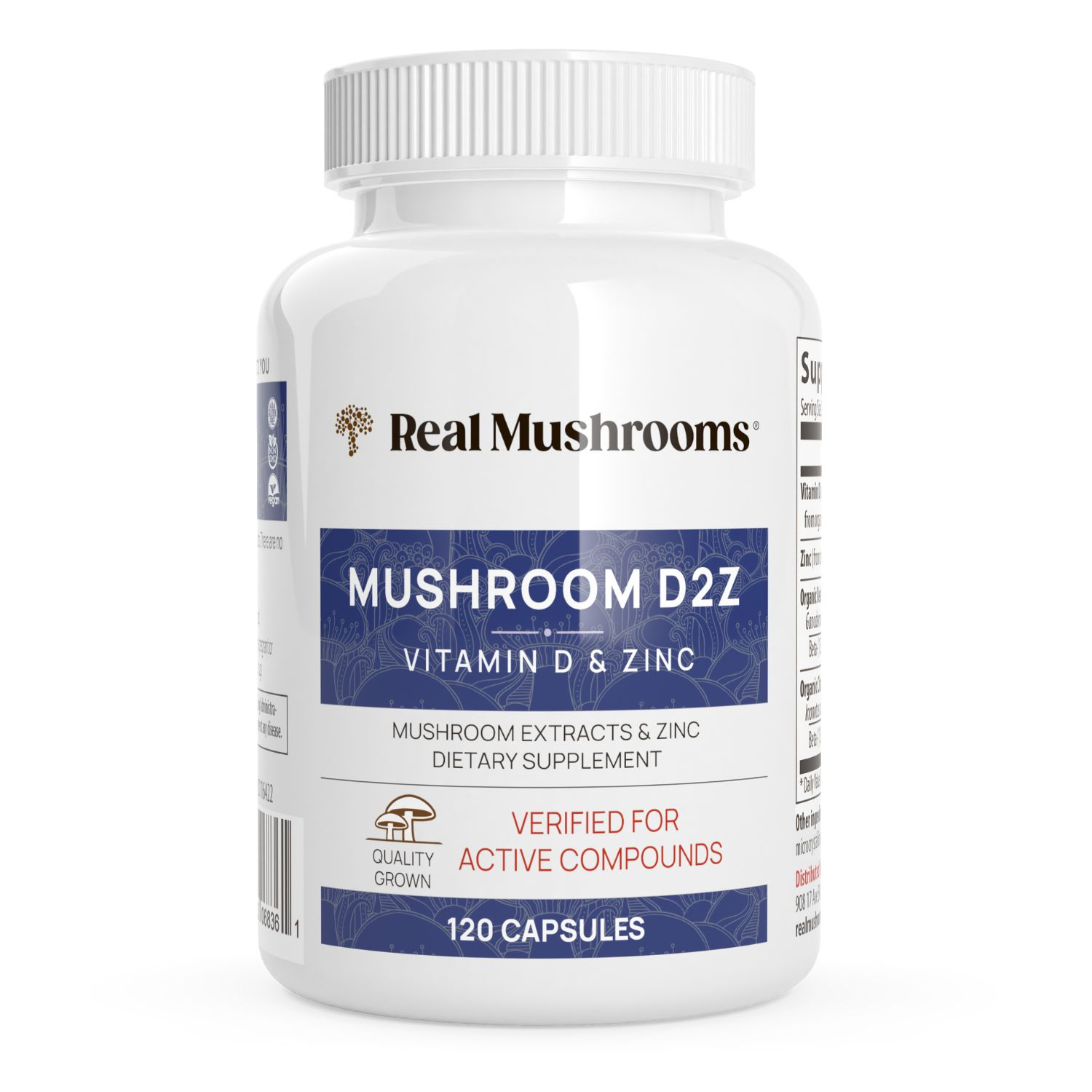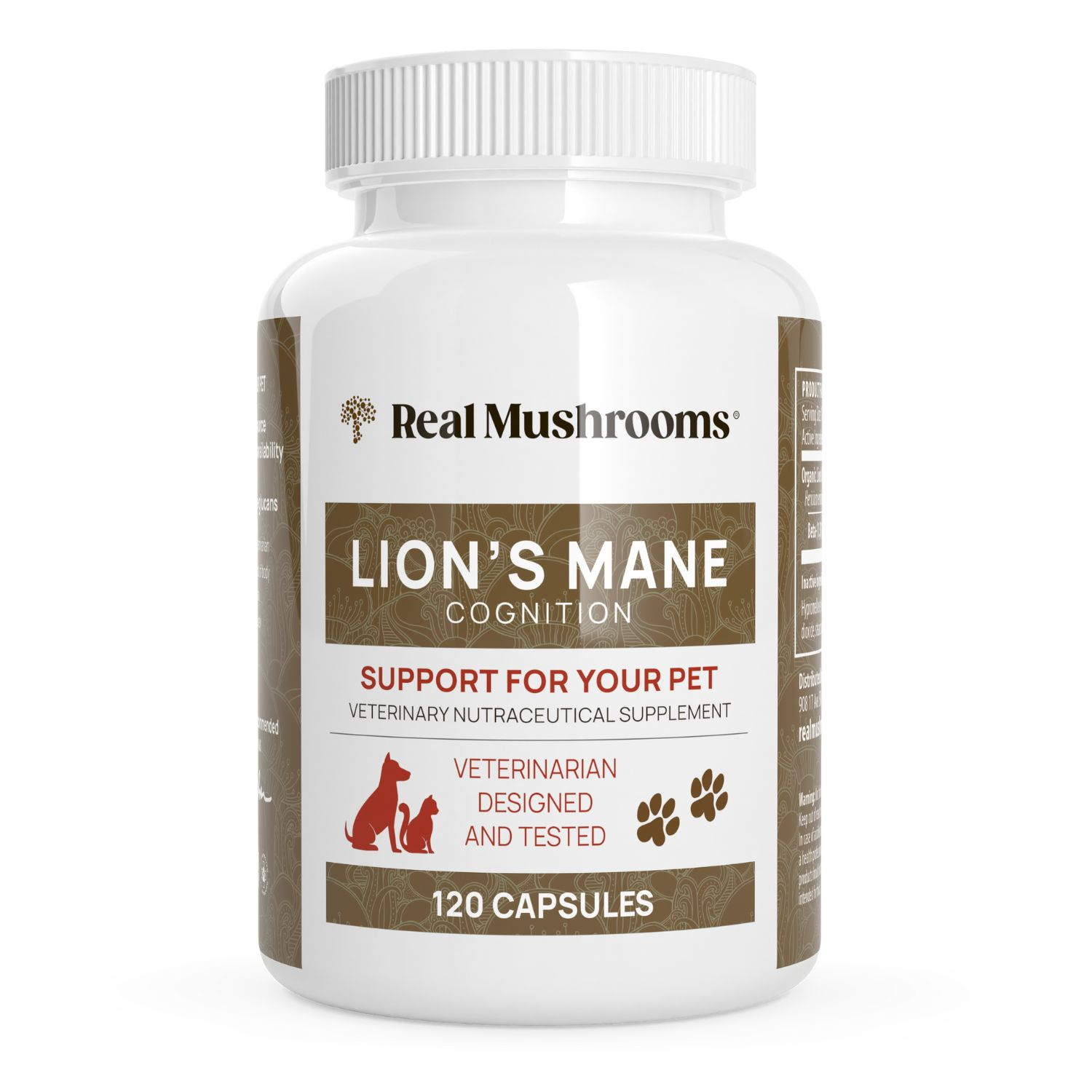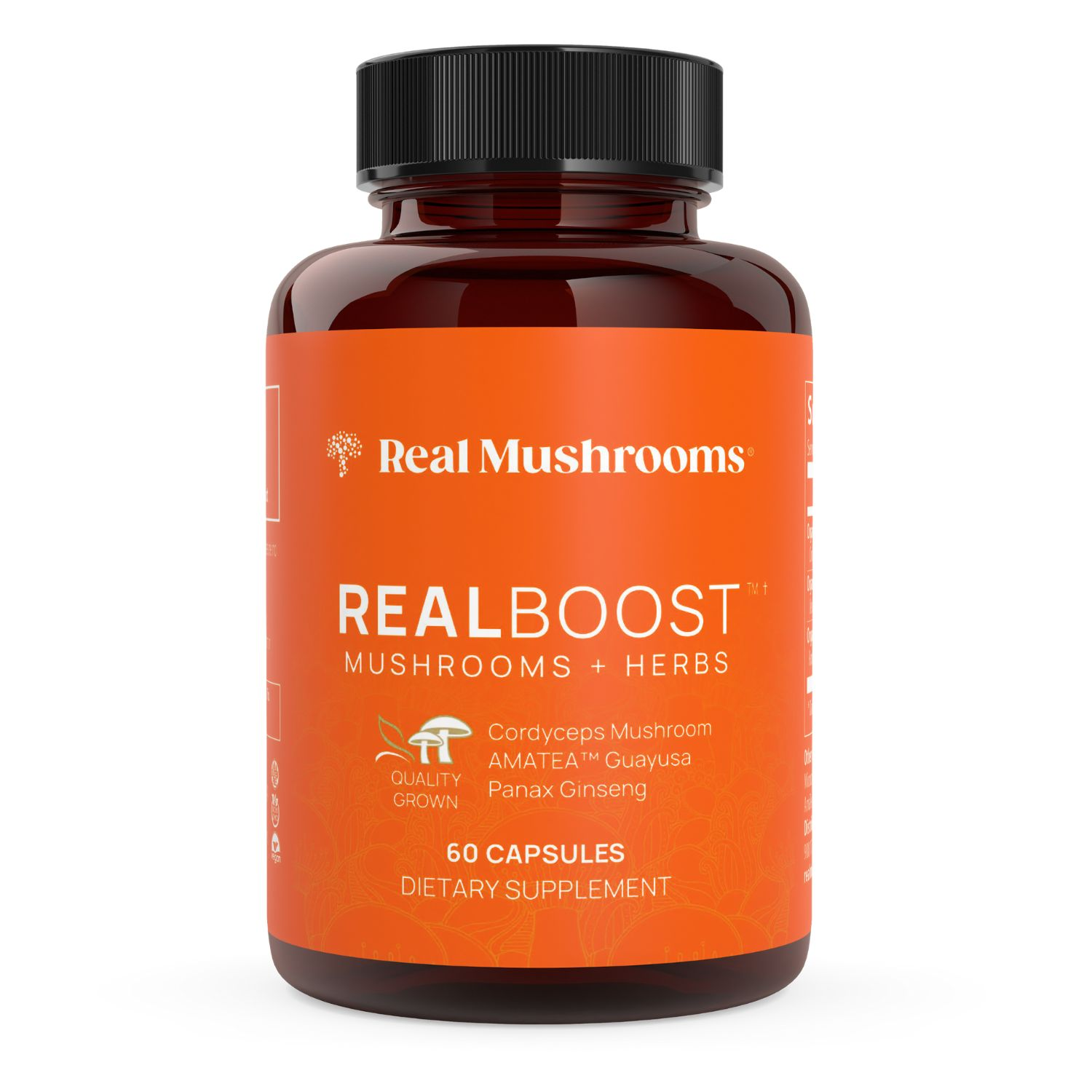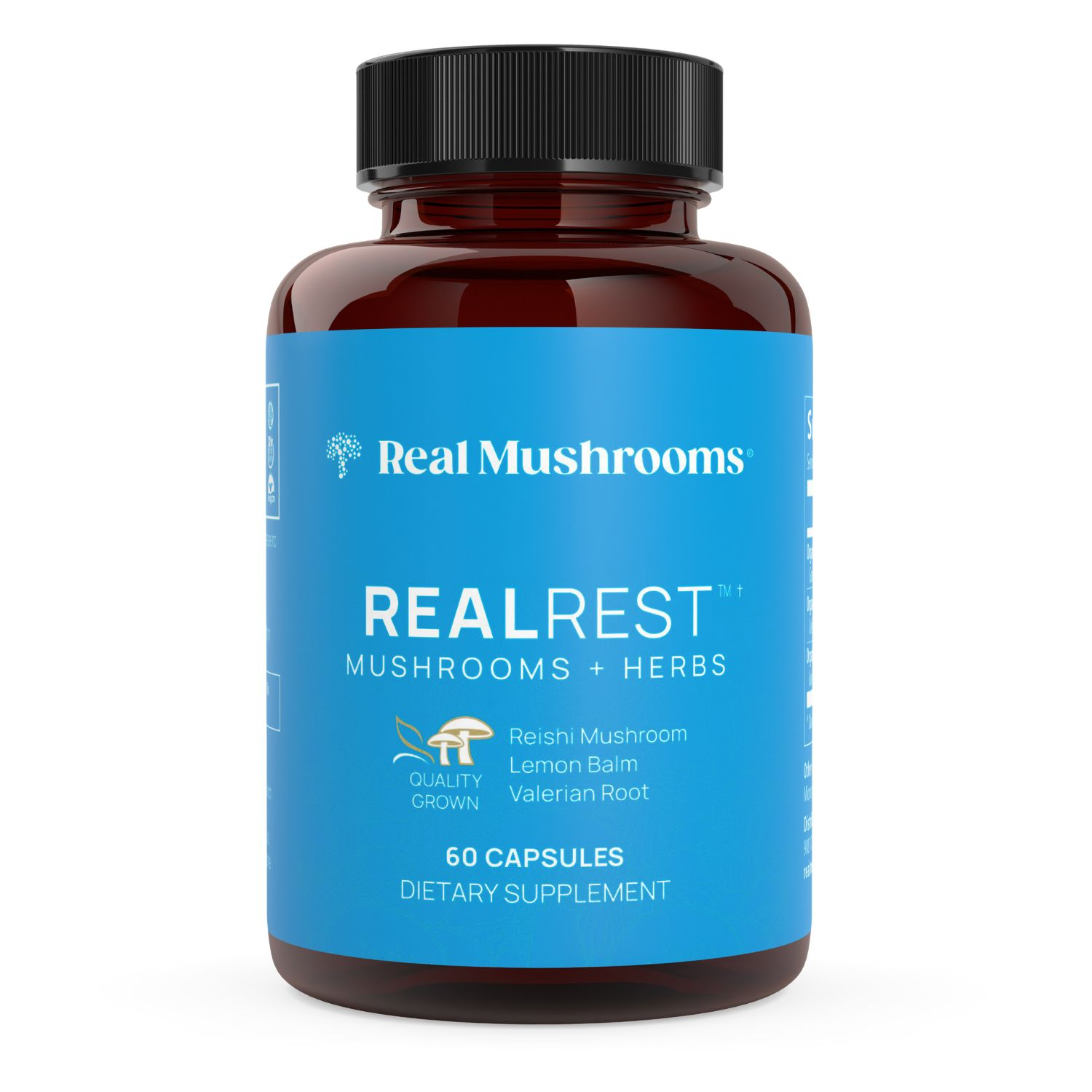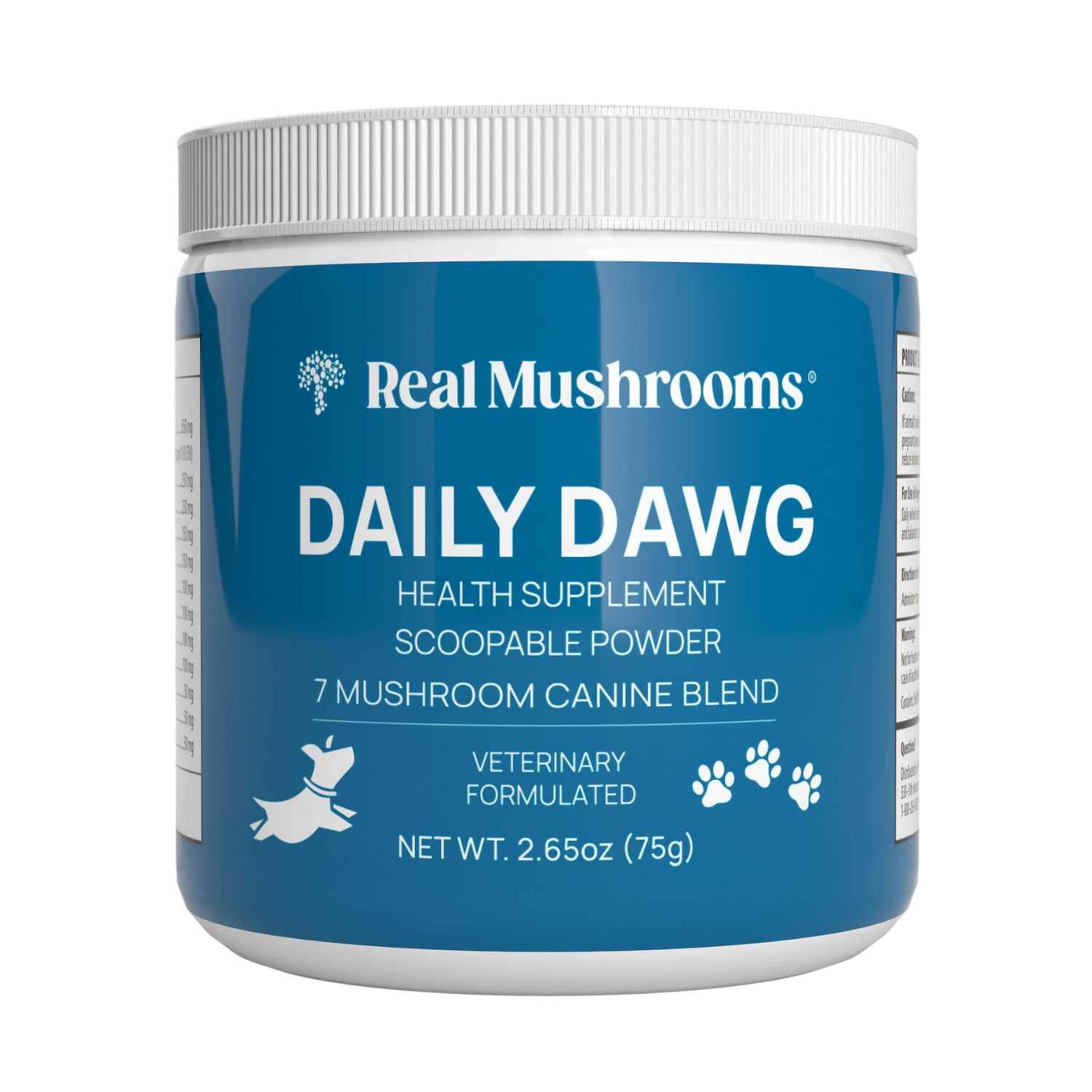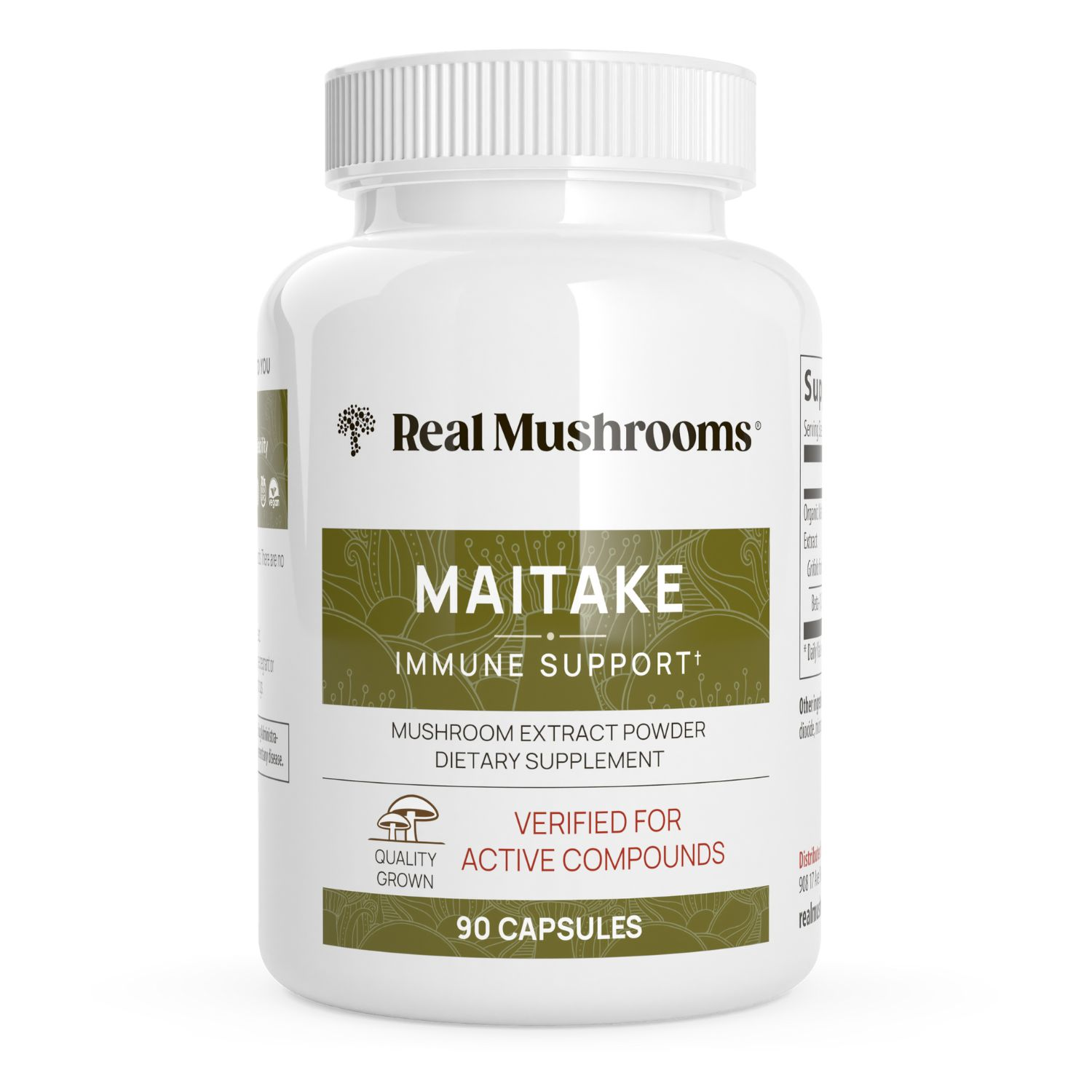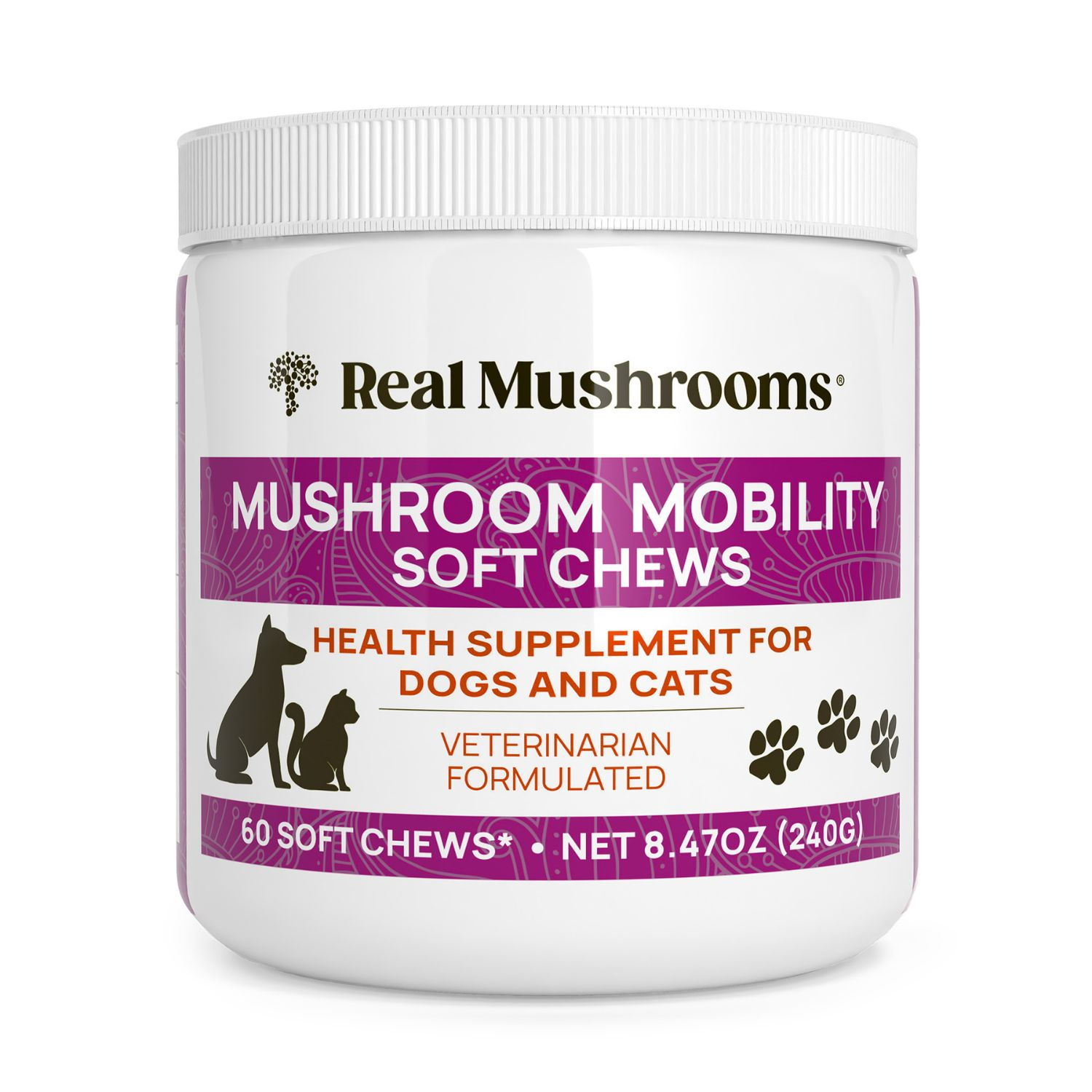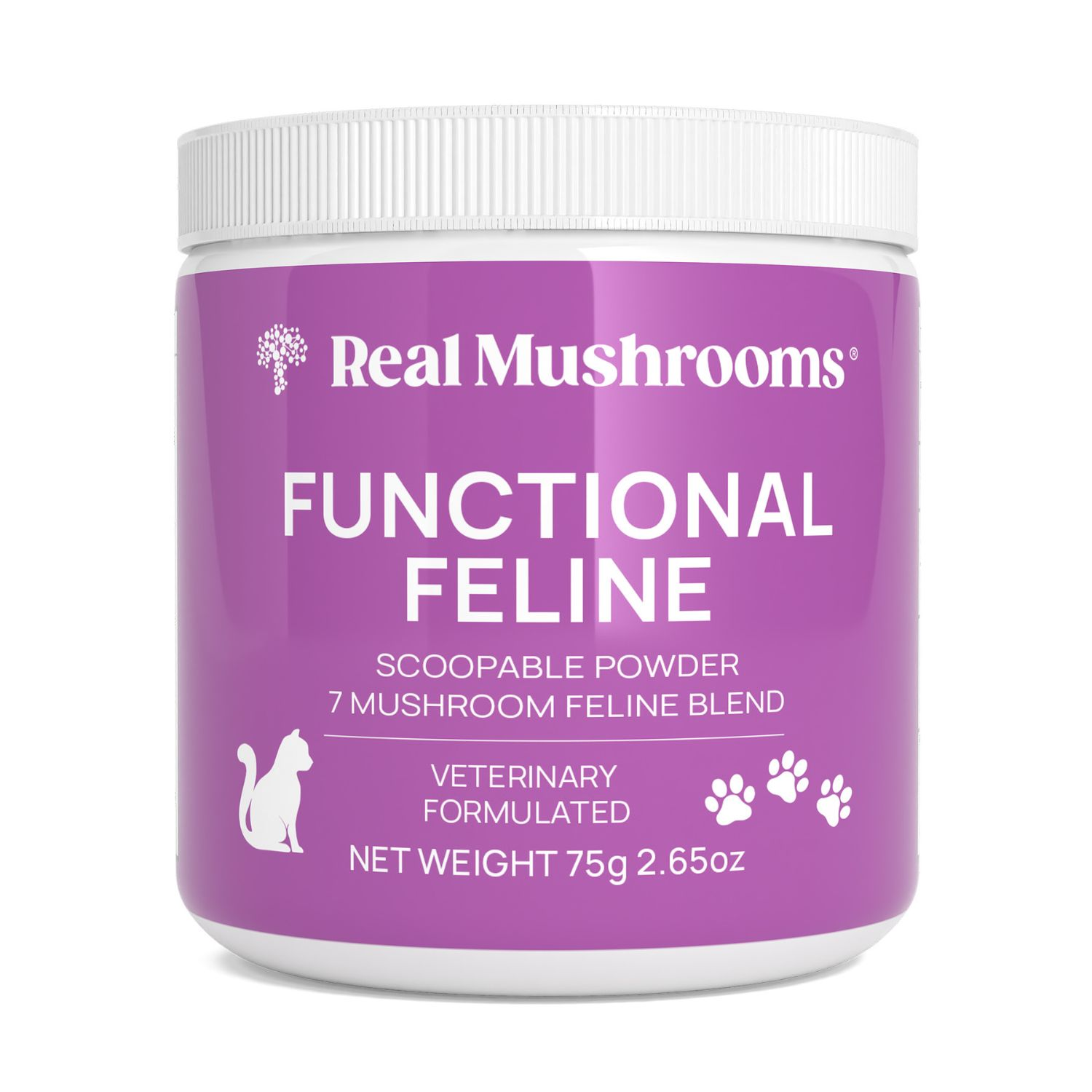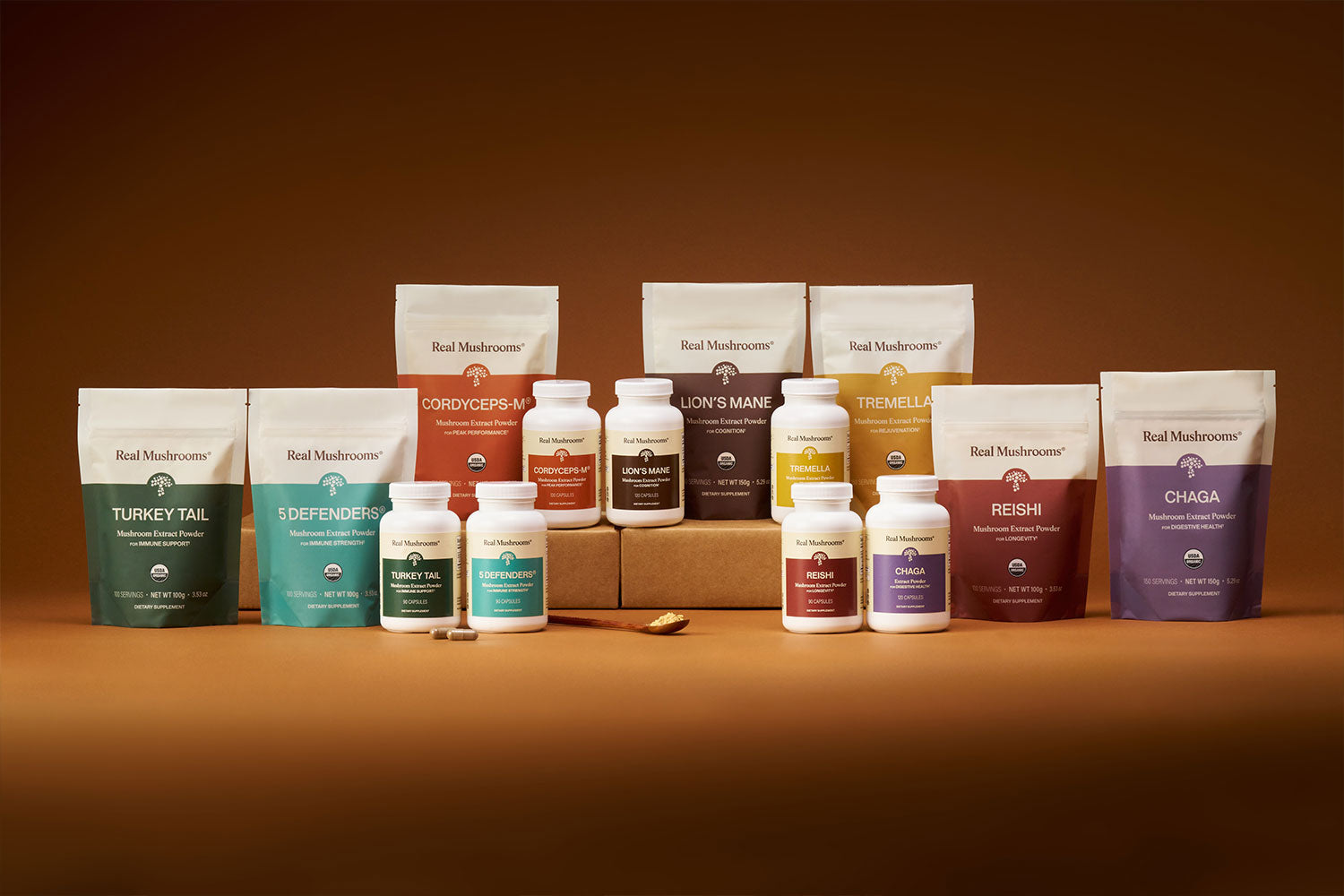Turkey Tail vs False Turkey Tail Mushroom: 11 Questions Answered
9 minute read
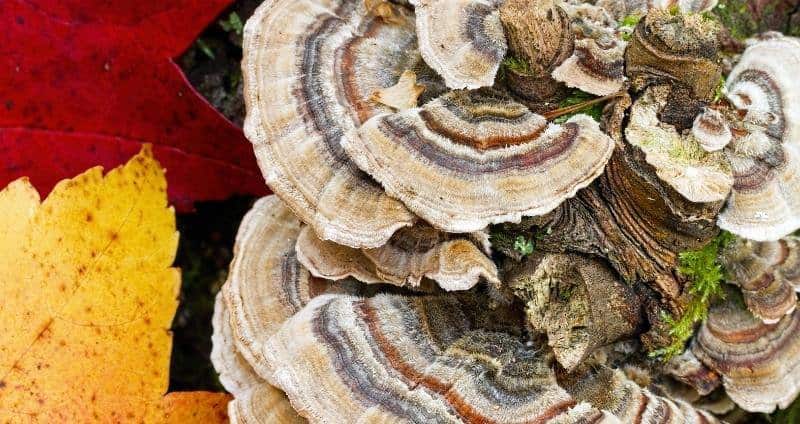
Turkey tail mushrooms are among the primary saprophytes (fungi that grow on dead matter) that attack and decompose rotting wood. It’s, therefore, no wonder that these polypore mushrooms are most commonly found on fallen logs or tree stumps.
Though these mushrooms (fruiting bodies) can also be found on living trees, they mostly grow among other mushroom saprophytes, such as the false turkey tail fungus. For this reason, you need to learn how to correctly identify turkey tail mushrooms and avoid look-alikes.
Fortunately, turkey tail mushrooms do not have toxic look-alikes, which generally makes them a “safe” mushroom to forage.
Similar mushrooms, however, lack the health-supporting compounds that these functional mushrooms are known and valued for.
To help you correctly identify the true turkey tail, and to give you some helpful facts about this mushroom and its uses, we’ll answer these 11 questions:
- What’s the Most Common Turkey Tail Look-Alike?
- What Are the Differences Between False Turkey Tail and Turkey Tail Mushrooms?
- What Are the Key Identification Features of False Turkey Tail Mushrooms?
- How Can You Identify Turkey Tail Mushrooms?
- What Other Wild Mushrooms Are Misidentified as Turkey Tail?
- What Are the Main Differences Between Look-Alikes and Turkey Tail Mushrooms?
- Do Any of the Turkey Tail Look-Alikes Have Health Benefits?
- What Are the Health Benefits of Consuming Turkey Tail Mushrooms?
- Can You Make Tea From Turkey Tail Mushrooms?
- What’s the Best Way to Take Turkey Tail Mushrooms?
- Can You Take Turkey Tail and Reishi Mushroom Supplements Together?
- Real Mushrooms: Your Reliable Source for Real Mushroom Supplements
We’ll also discuss some ways to consume turkey tail, including which way is best for getting maximum potency from it. Let’s first identify the most common look-alikes.
1 - What’s the Most Common Turkey Tail Look-Alike?

False turkey tail mushrooms, scientifically known as Stereum ostrea, are most commonly misidentified as turkey tail.
Like the true turkey tail mushrooms (scientifically known as Trametes versicolor), false turkey tail mushrooms also grow on stumps and fallen logs of deciduous trees.
Some other similar features it has to the “true” turkey tail:
- Thin and flexible
- Concentric growth rings on the cap
- Irregular outer margins
2 - What Are the Differences Between False Turkey Tail and Turkey Tail Mushrooms?
The table below highlights the key differences between turkey tail and Stereum ostrea, a common type of false turkey tail.

Generally, turkey tail mushrooms don’t have a gill-like underside. Real turkey tail mushrooms have visible pores on the bottom, while false turkey tail mushrooms have a smooth underside.
3 - What Are the Key Identification Features of False Turkey Tail Mushrooms?
The key identification feature of the false turkey tail fungus is its underside. Being a crust fungus, it has a smooth underside, unlike Trametes versicolor (the scientific name for turkey tail mushroom), which has pores.
The underside is also yellow or tan, unlike the true turkey tail, which has a white underside.
Another identifying feature is its growth. Stereum ostrea often curves upwards to the edges, while the turkey tail often has plane growth.

4 - How Can You Identify Turkey Tail Mushrooms?
Turkey tail mushrooms have a wide range of colors, from red and brown to dark blue and purple hues, which makes them easy to misidentify.
The following six-step process will, however, ensure you correctly ID a true turkey tail mushroom:
- Does it have visible concentric zones? The reason it’s called “turkey tail mushroom” is because of its colorful rings that resemble a turkey’s tail. A true turkey tail mushroom has distinct color zones on the cap that aren’t all one color.
- Is it thin and flexible? Fresh turkey tail mushrooms are approximately 1–3 millimeters thin and bend easily. As the turkey tail ages after harvesting, it becomes tough and inflexible. If you’re looking at a thicker and more rigid mushroom, then it’s not the real turkey tail.
- How does it feel? The cap of the turkey tail mushroom has very thin hairs, which gives it a velvety feel.
- Is the underside white? Fresh Trametes versicolor has a white underside. As the mushroom ages, the color can change to a slightly off-white or soft white. A yellow, brown, or tan underside is a trait of the false turkey tail or turkey tail lookalikes.
- Does the underside have pores? The turkey tail mushroom is a polypore, which means it has fine pores on its underside.
- How big are the pores? The underside pores are barely visible at 0.375 mm. An easy way to identify the pore size is to use a ballpoint pen in comparison. The fine tip of the pen should cover at least 3–8 pores.

5 - What Other Wild Mushrooms Are Misidentified as Turkey Tail?
There are two more species that are also misidentified as turkey tail mushrooms:
- Violet-toothed polypore (Trichaptum abietinum)
- Gilled polypore (Trametes betulina)
As you can probably tell from their names, both species are also polypores, like the real turkey tail. They also have concentric growth rings on the cap with an irregular outer margin.

6 - What Are the Main Differences Between Look-Alikes and Turkey Tail Mushrooms?
The table below highlights the key differences between turkey tail, violet-toothed polypore, and gilled polypore mushrooms.

The key differentiating factors between these wild mushrooms include the color, underside appearance, and thickness. While real turkey tail mushrooms have visible pores, violet-toothed mushrooms have tooth-like structures, and gilled polypore mushrooms have a gill-like underside.
7 - Do Any of the Turkey Tail Look-Alikes Have Health Benefits?
Fortunately, as we mentioned before, none of the Trametes versicolor look-alikes are poisonous. But do they have any health benefits when consumed?
One study has identified Stereum ostrea as having antibacterial and antifungal activity against specific agents. The study highlights that this fungus “has long been used for folk remedies even without any knowledge of which compounds are responsible. The ethnobotanical uses of this mushroom to help manage both human and plant disorders have been accumulated, but scientific evidence is not yet well known” (1).
Trametes betulina (gilled polypore) is from the same family as turkey tail—hence the similar first name. It shares some antioxidant properties in common with the Trametes group (2). However, it falls short (in health benefits) since it doesn’t have as rich or diverse a composition of health-supporting compounds as a true turkey tail.
Research on the turkey-tail lookalikes is still limited. True turkey tail, on the other hand, is one of the most studied mushrooms in the scientific world, so we can be more certain of its health-supporting properties.

8 - What Are the Health Benefits of Consuming Turkey Tail Mushrooms?
Turkey tail mushrooms contain polysaccharopeptide and polysaccharide-K, which have many health benefits, including:
- Helps to boost the body’s immune response (3)
- Aids in regulating digestion and easing stomach discomfort
- Helps stabilize cortisol levels during stressful conditions so that the body can regain its balance
- Aids in the fight against free radicals
- Promotes a healthy inflammatory response
- Has antioxidant properties that support liver health
Learn more about the turkey tail’s health-supporting compounds and health benefits here.
9 - Can You Make Tea From Turkey Tail Mushrooms?
Yes, you can.
Tea is actually the most common way foragers consume wild turkey tail mushrooms. Hot water will help break down some of the polysaccharides in the mushrooms, so your body can absorb and benefit from them.
Here’s a step-by-step guide to help you make turkey tail tea after foraging for them.
- Brush off dirt from the mushrooms using a pastry brush.
- Clean the mushrooms under a running faucet to ensure all the dirt comes off.
- Cut a handful of mushrooms into thin strips using scissors or a knife.
- Add two cups of water to a pot and bring the water to a simmer.
- Add the chopped mushrooms to the water.
- Don’t boil the mixture; cover it and let it steep for 20–25 minutes.
- Strain the mixture and drink the turkey tail tea.
Though some foragers also like to make tea from the false turkey tail fungus, there aren't any sources that can corroborate whether its tea has any actual beneficial effects on the body.
10 - What’s the Best Way to Take Turkey Tail Mushrooms?

The best way to get a concentrated dose of all the beneficial compounds in turkey tail is through turkey tail extracts in supplement form.
It’s easy and convenient, and you don’t have to go through the whole process of identifying the true turkey tail from wild mushrooms.
You, however, need to ensure you identify the best turkey tail mushroom supplements, which will be:
- Extracted from the mushroom (fruiting body) as opposed to the mycelium (vegetative body)
- High in beta-glucans with a content of at least 25%, as indicated on the label
- Extracted using an ideal method to preserve all beneficial compounds
Real Mushrooms’ Turkey Tail Extracts are extracted from mushrooms (fruiting bodies) using the hot water extraction method, which draws out most of the health-supporting compounds.
They also have a beta-glucan content greater than 30%, the highest in the market. Beta-glucans are powerful polysaccharides responsible for most of the turkey tail mushroom’s health benefits.
11 - Can You Take Turkey Tail and Reishi Mushroom Supplements Together?
Yes, you can.
Turkey tail and reishi mushrooms individually have unique health benefits. Combining them will ensure your body gets a wide range of benefits synergistically.
Some other mushroom supplements you can combine with turkey tail:
- Cordyceps
- Lion’s Mane
- Chaga
You, however, need to ensure you take the recommended dosage of 1–3 grams daily when combining the mushroom supplements.
Real Mushrooms has the 5 Defenders Organic Mushroom Blend Capsules, which combine organic extracts from the following mushrooms:
- Reishi
- Shiitake
- Maitake
- Turkey Tail
- Chaga
“... I like the specific mushrooms selected for this capsule as they are each powerhouses in their own right.” Jane
Expert Tip: You can also make tea from a combination of functional mushrooms that you forage for. It’s easy: All you have to do is follow this guide and mix a handful of mushrooms instead of using one.

Real Mushrooms: Your Reliable Source for Real Mushroom Supplements

Real Mushrooms has a line of mushroom supplements extracted from the actual mushroom (fruiting body). This ensures that you get all the unique benefits of functional fungi without the starch found in supplements made from the fungal mycelium grown on grain.
As with all our mushroom supplements, our turkey tail extracts are organic, vegan, gluten-free, and non-GMO. They’re also available in powder and capsule form.
Order our turkey tail extracts to help your body boost its immune function.
“These mushroom supplements are contributing to my husband's and my health. I truly believe that the Turkey Tail, in particular, has been critical to our immune system.” Mary Rose
More Articles About Turkey Tail & Its Benefits
- Turkey Tail Mushroom Benefits & Usage: A Complete Guide
- Finding the best Turkey Tail Supplement: A Buying Guide
- Turkey Tail Mushrooms for Dogs: A Versatile Fungi for Pet Health
- Turkey Tail Immune Boosting Smoothie Bowl
Resources
- Department of Biology, University of Incheon, Incheon 402-749, Korea (2007, December). Antibacterial and antifungal activities of Stereum ostrea, an inedible wild mushroom. Retrieved September 1, 2022, from https://www.ncbi.nlm.nih.gov/pmc/articles/PMC3763174/
- Victor O Oyetayo, Antonio Nieto-Camacho, Baldomero Esquivel Rodriguez, & Manuel Jimenez (2012, June). Assessment of anti-inflammatory, lipid peroxidation and acute toxicity of extracts obtained from wild higher basidiomycetes mushrooms collected from Akure (southwest Nigeria). Retrieved on Sep 1, 2022, from https://www.dl.begellhouse.com/journals/708ae68d64b17c52,33e1986c385c2cd3,3f3cb68f064811fd.html#
- Alena G. Guggenheim, Kirsten M. Wright, & Heather L. Zwickey (2014, February). Immune modulation from five major mushrooms: Application to integrative oncology. Retrieved on September 1,2022, from https://www.ncbi.nlm.nih.gov/pmc/articles/PMC4684115/
